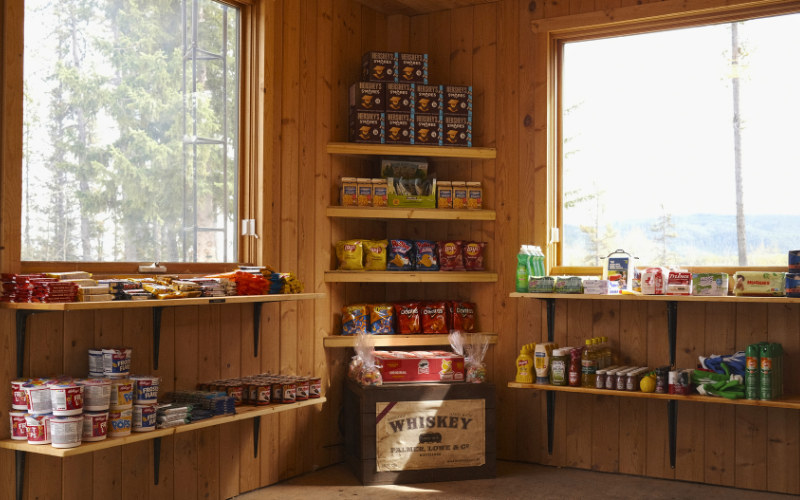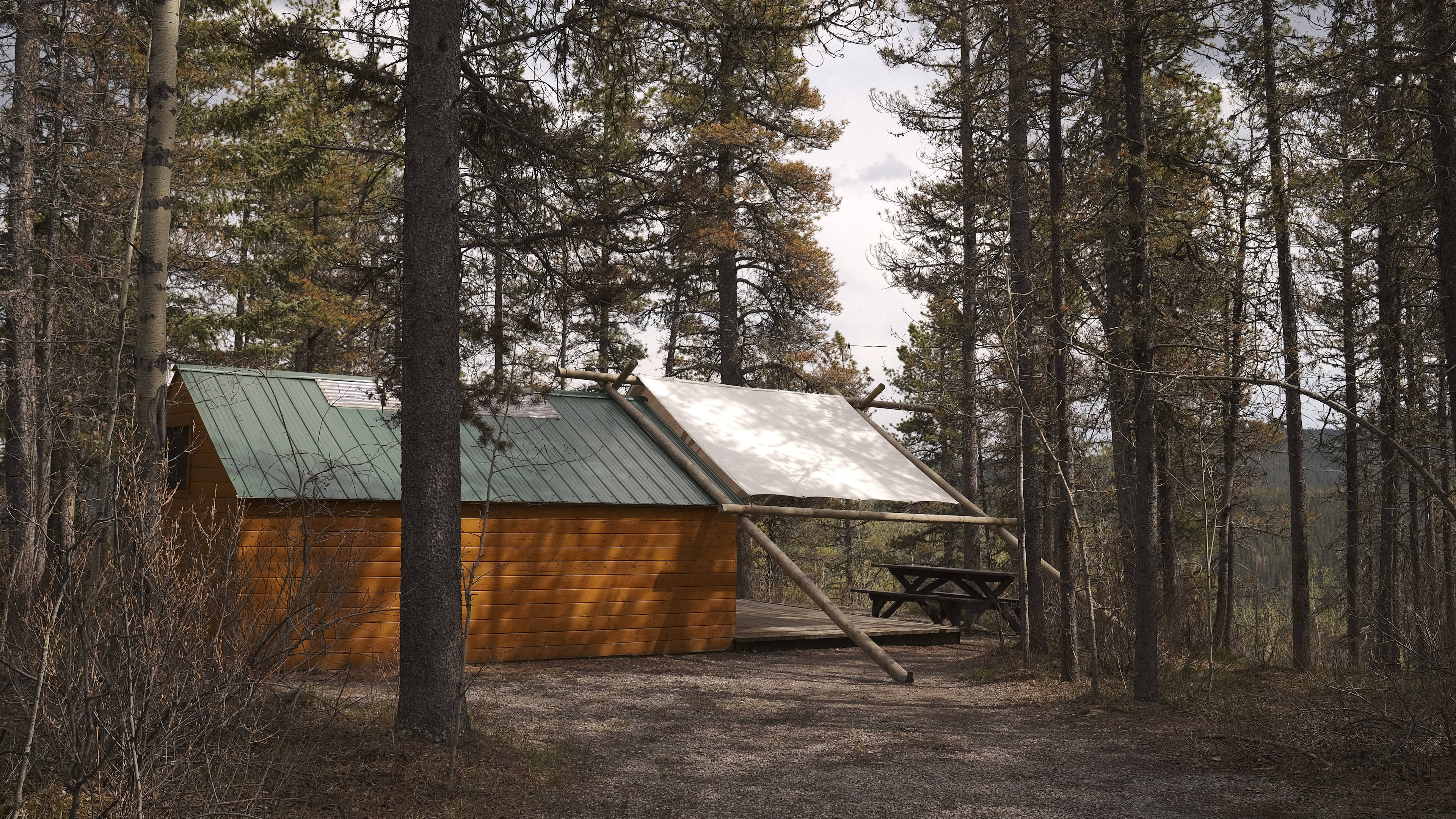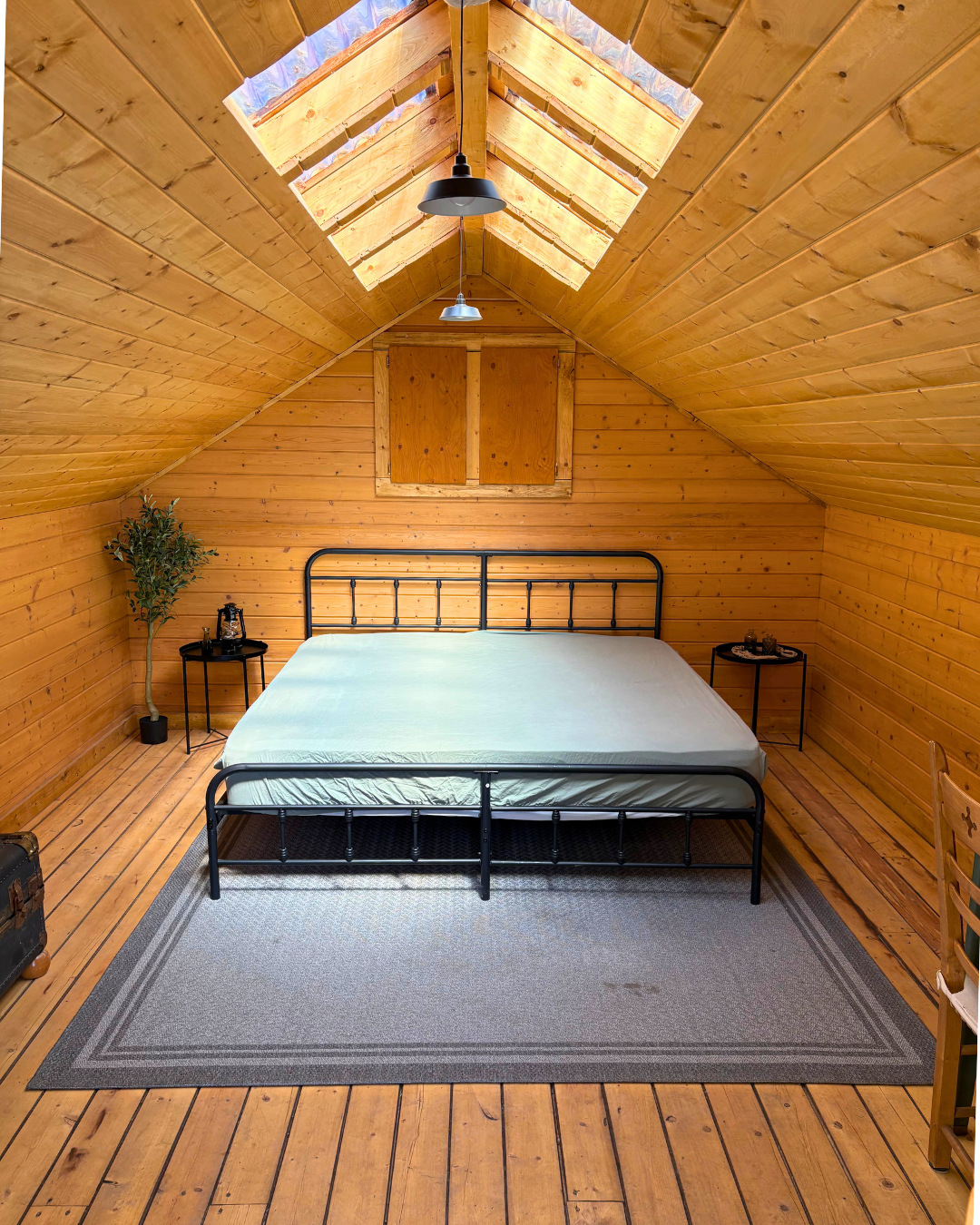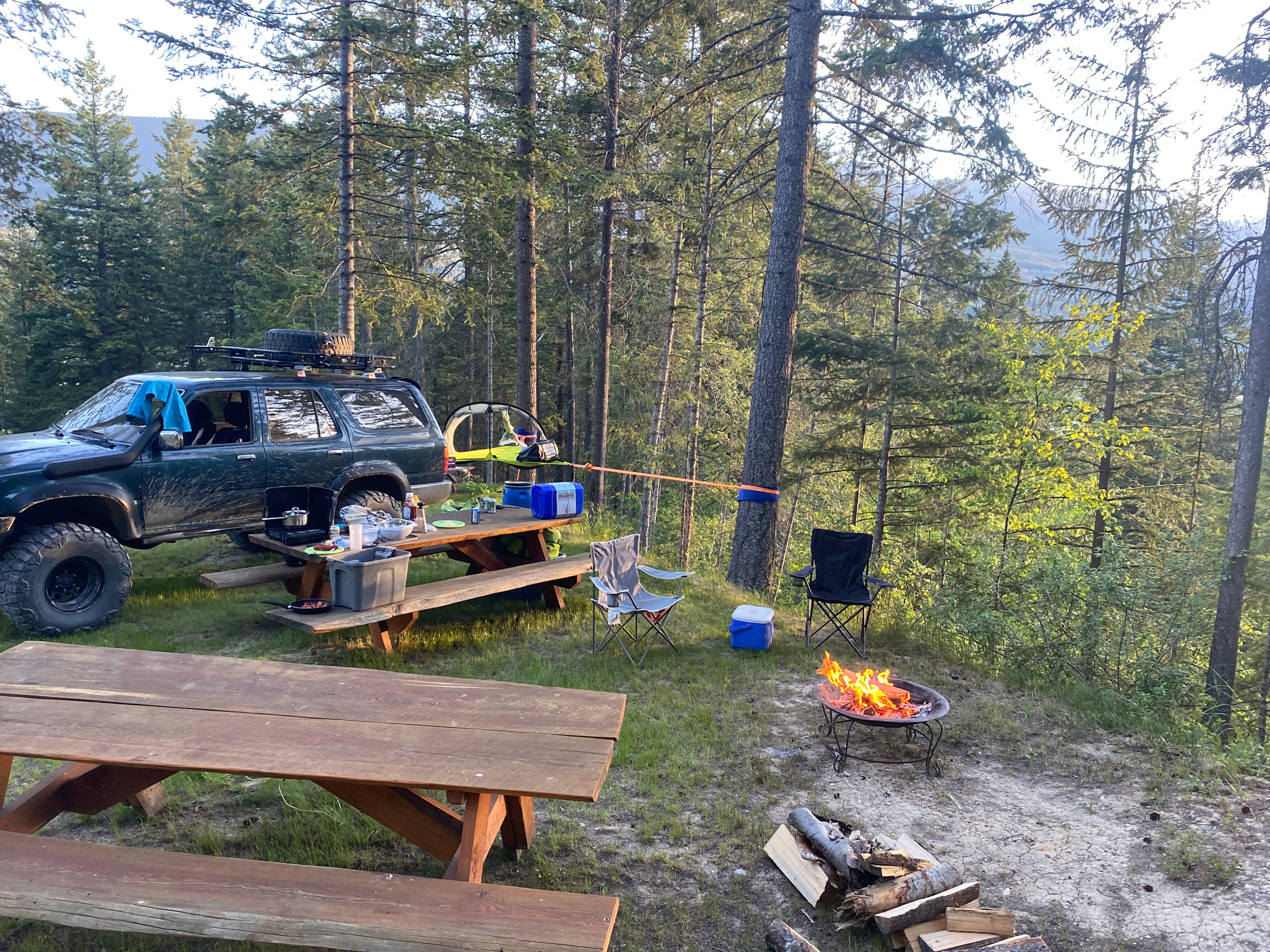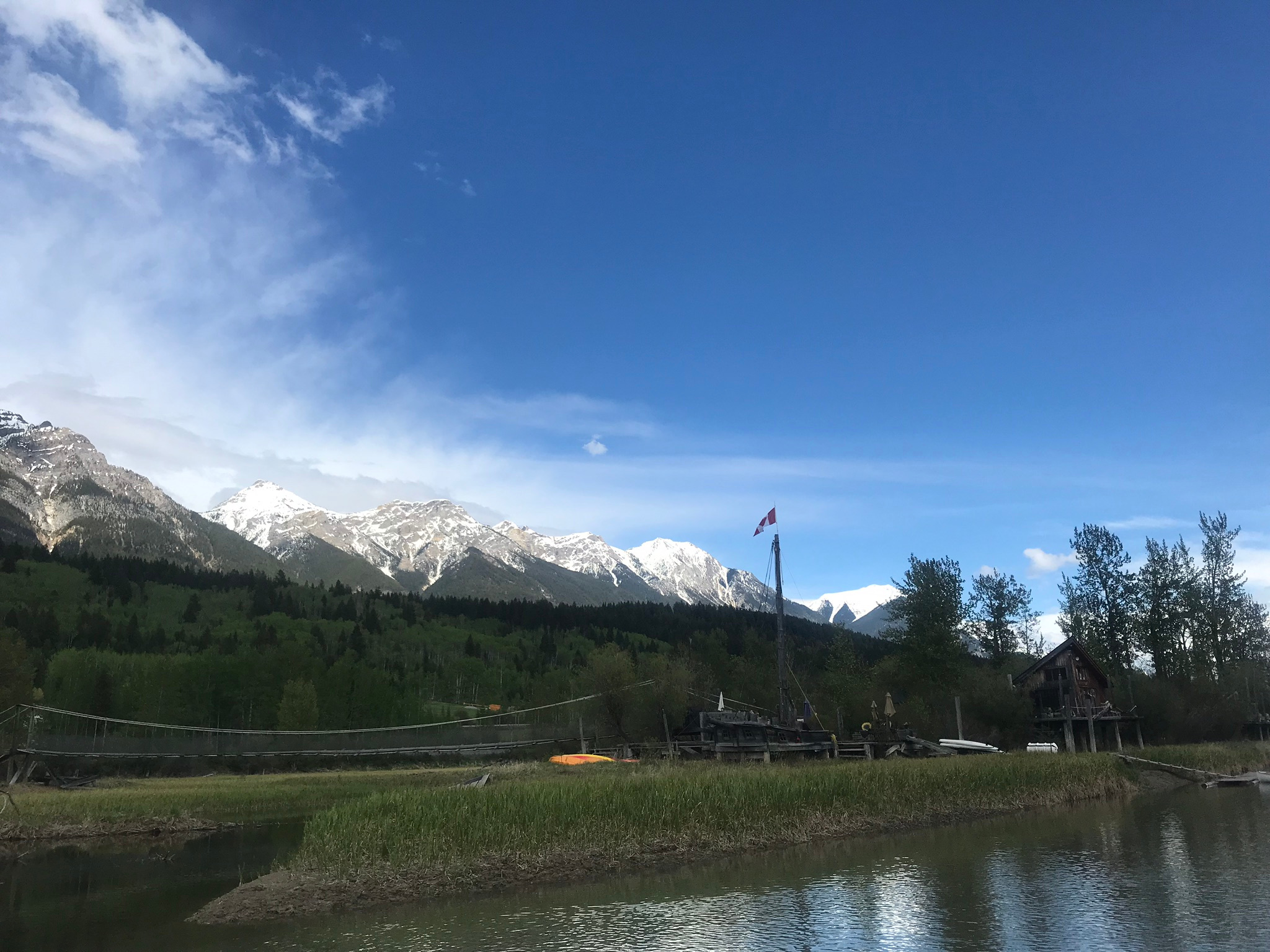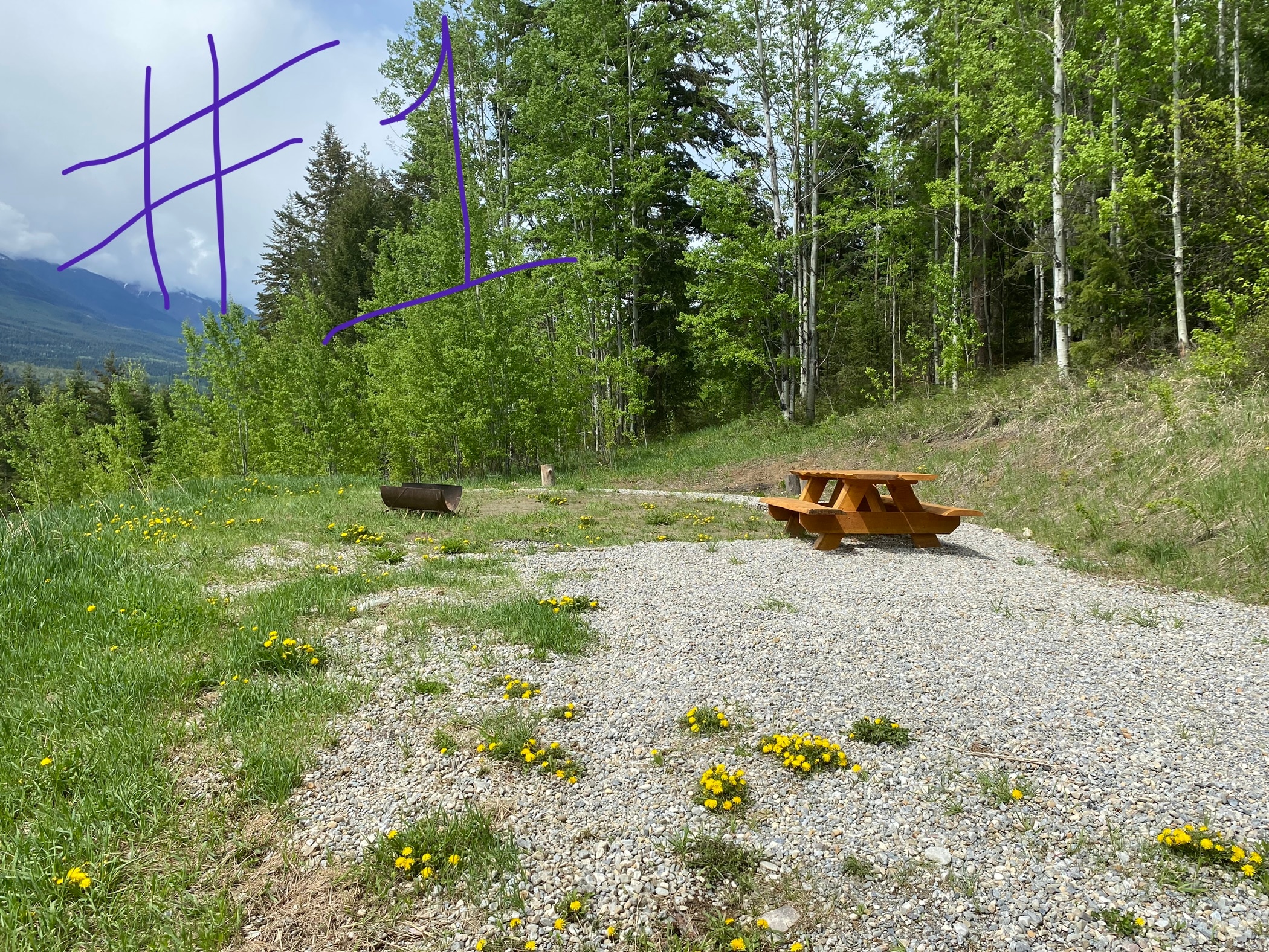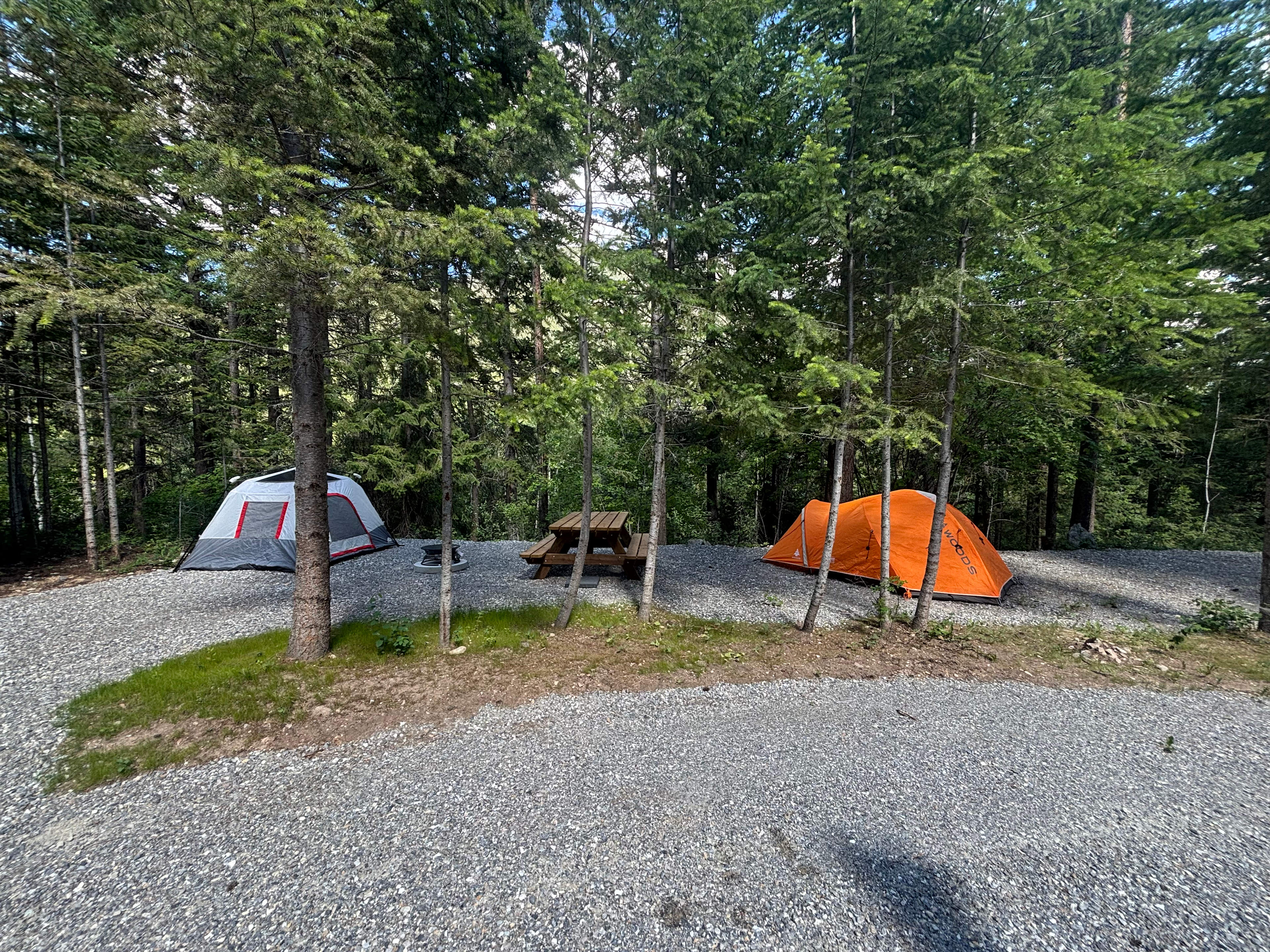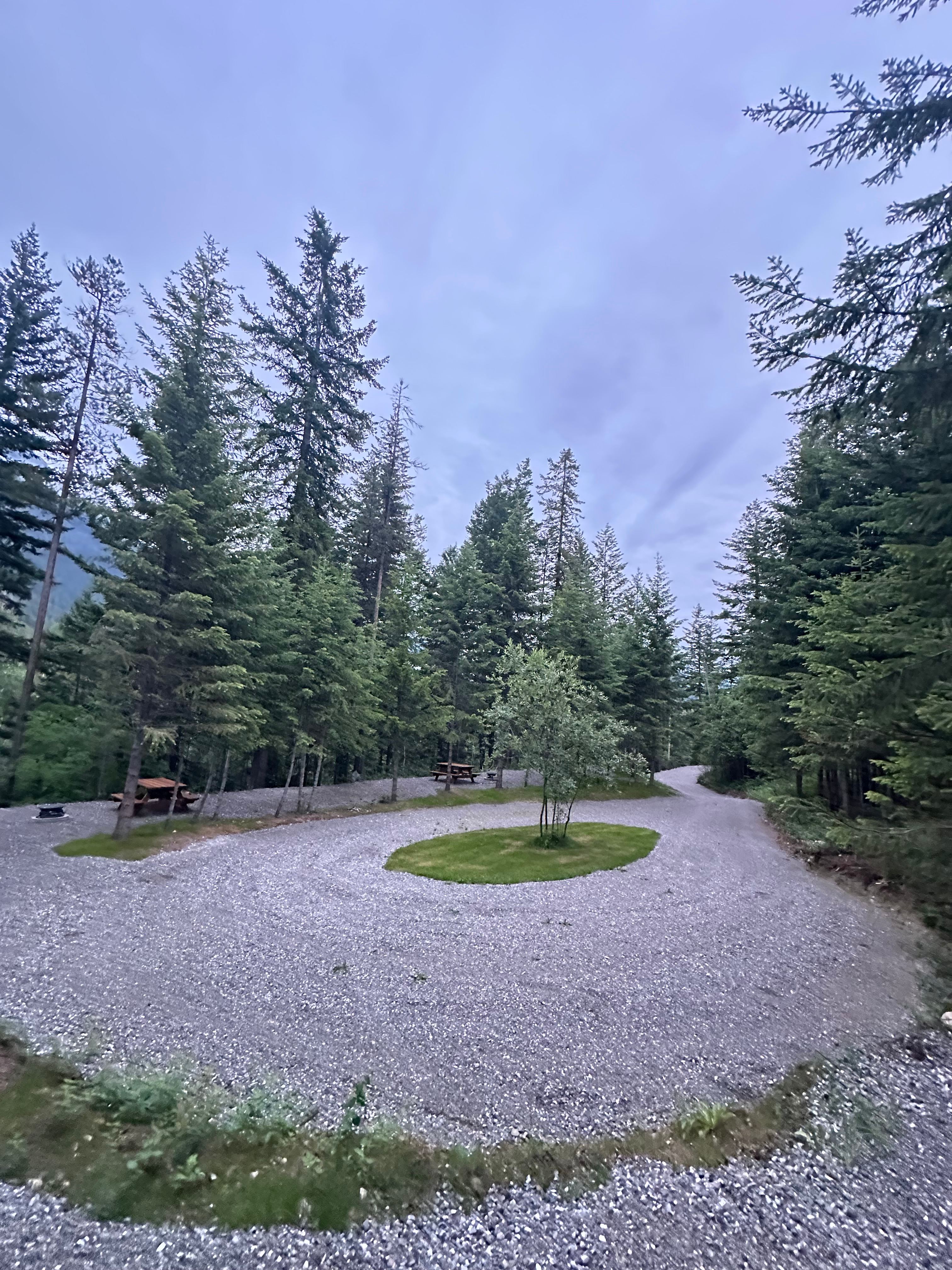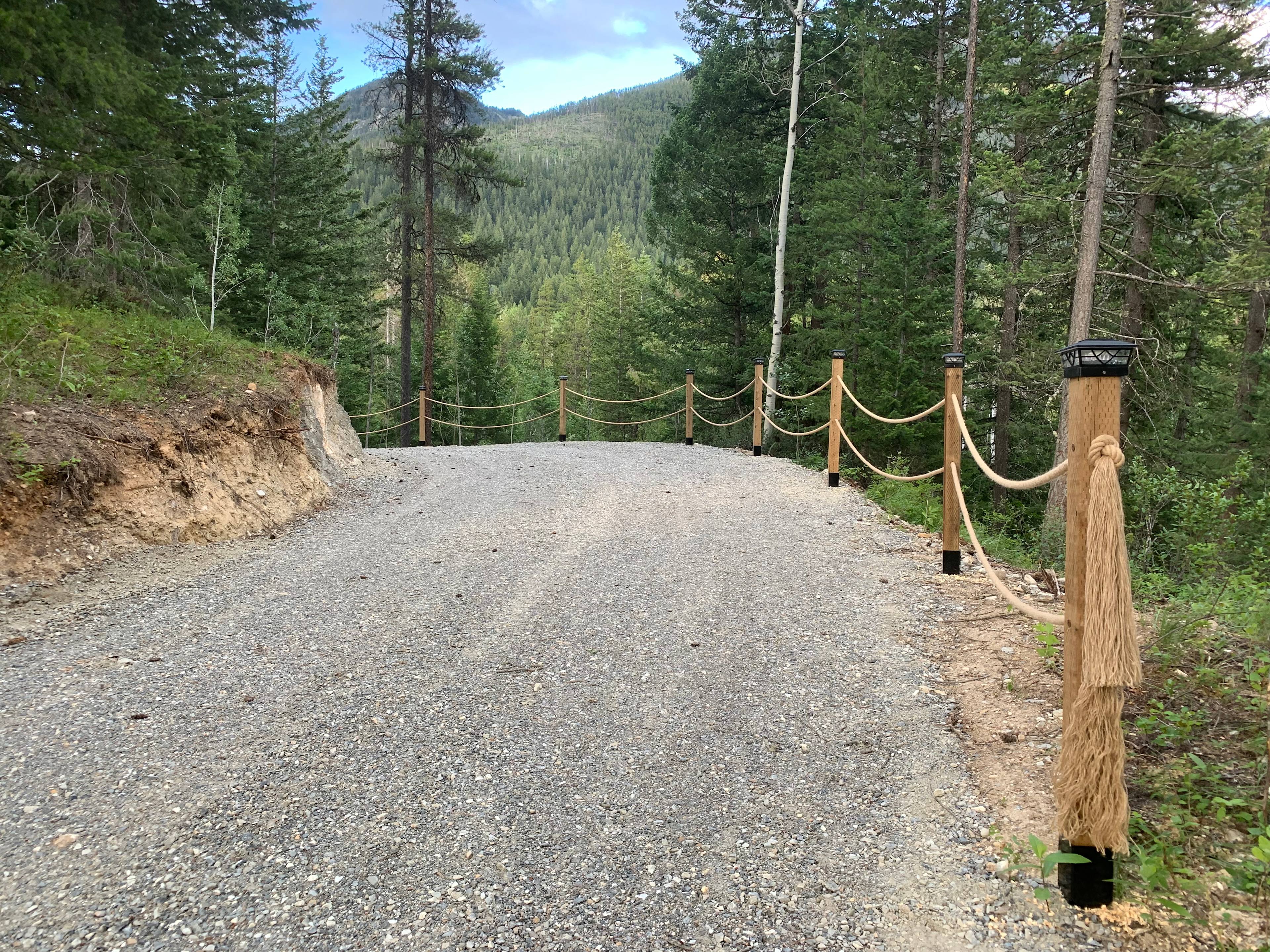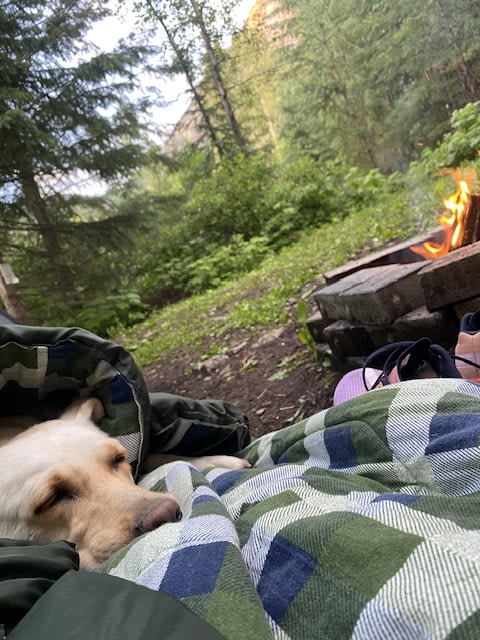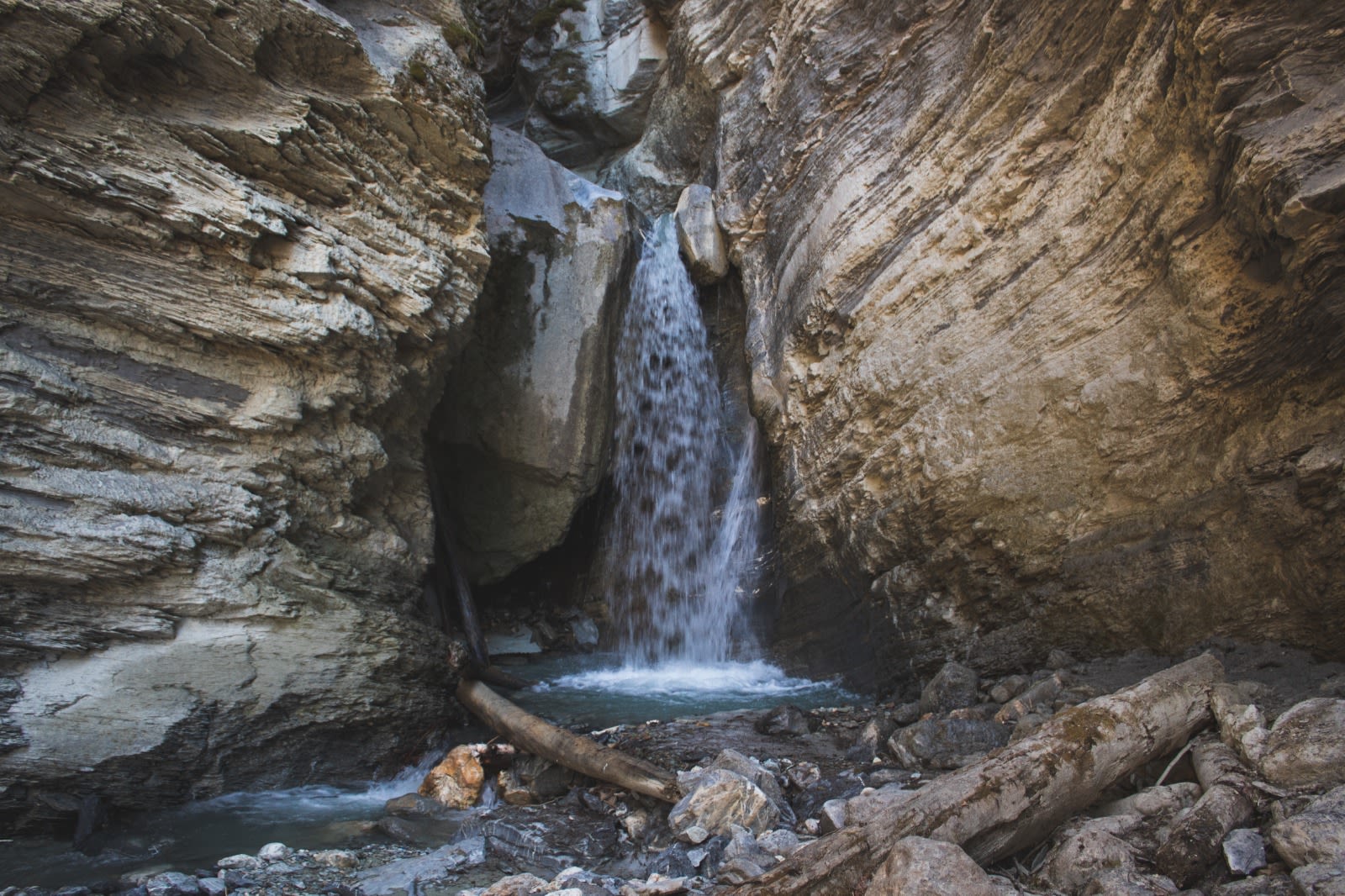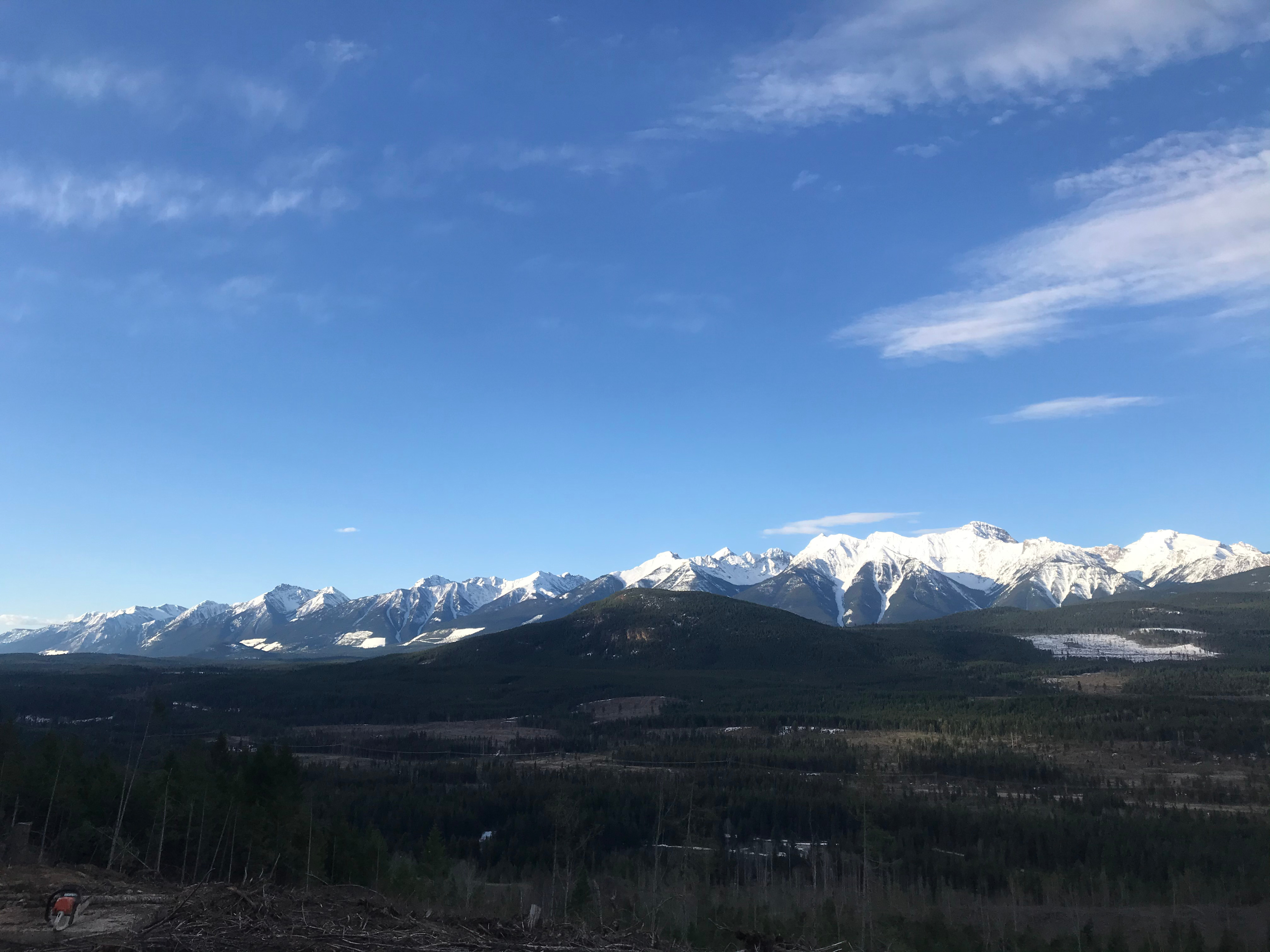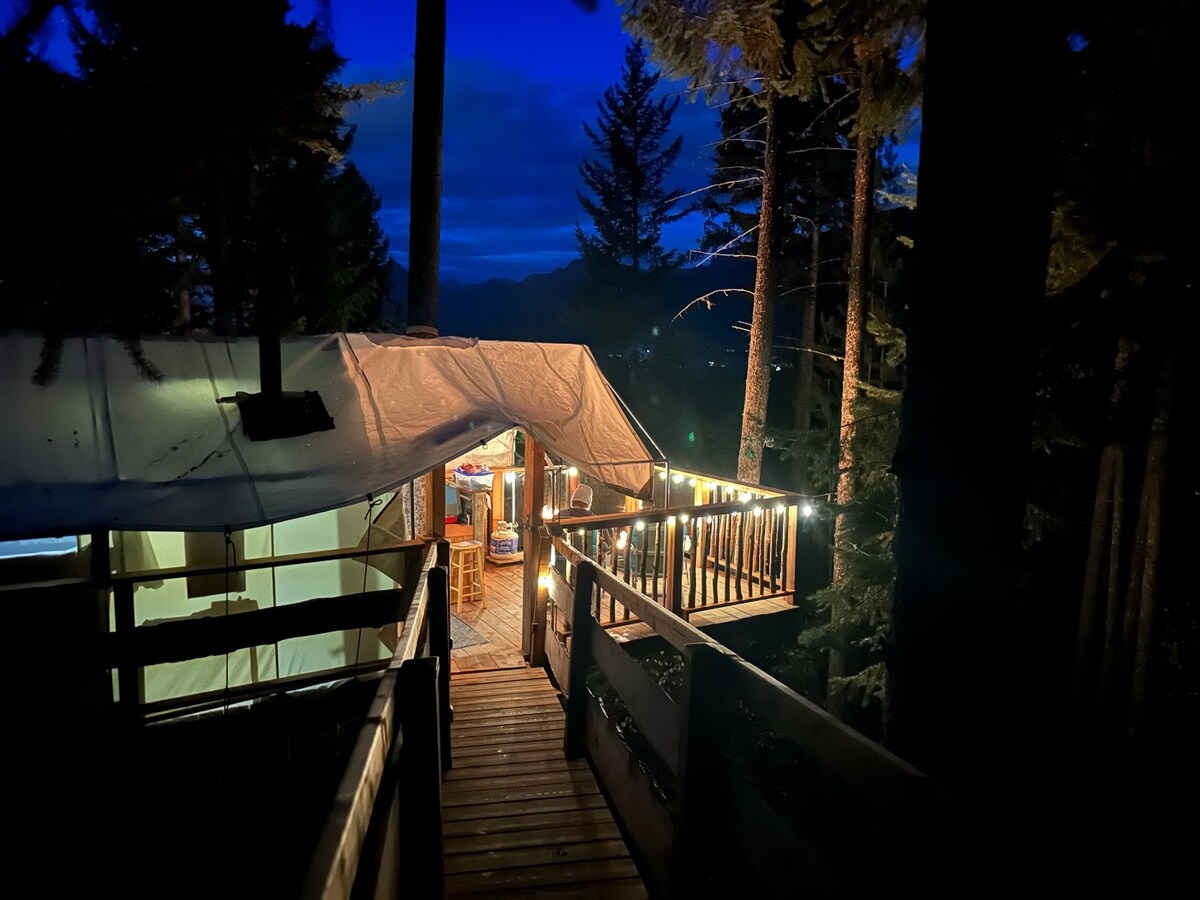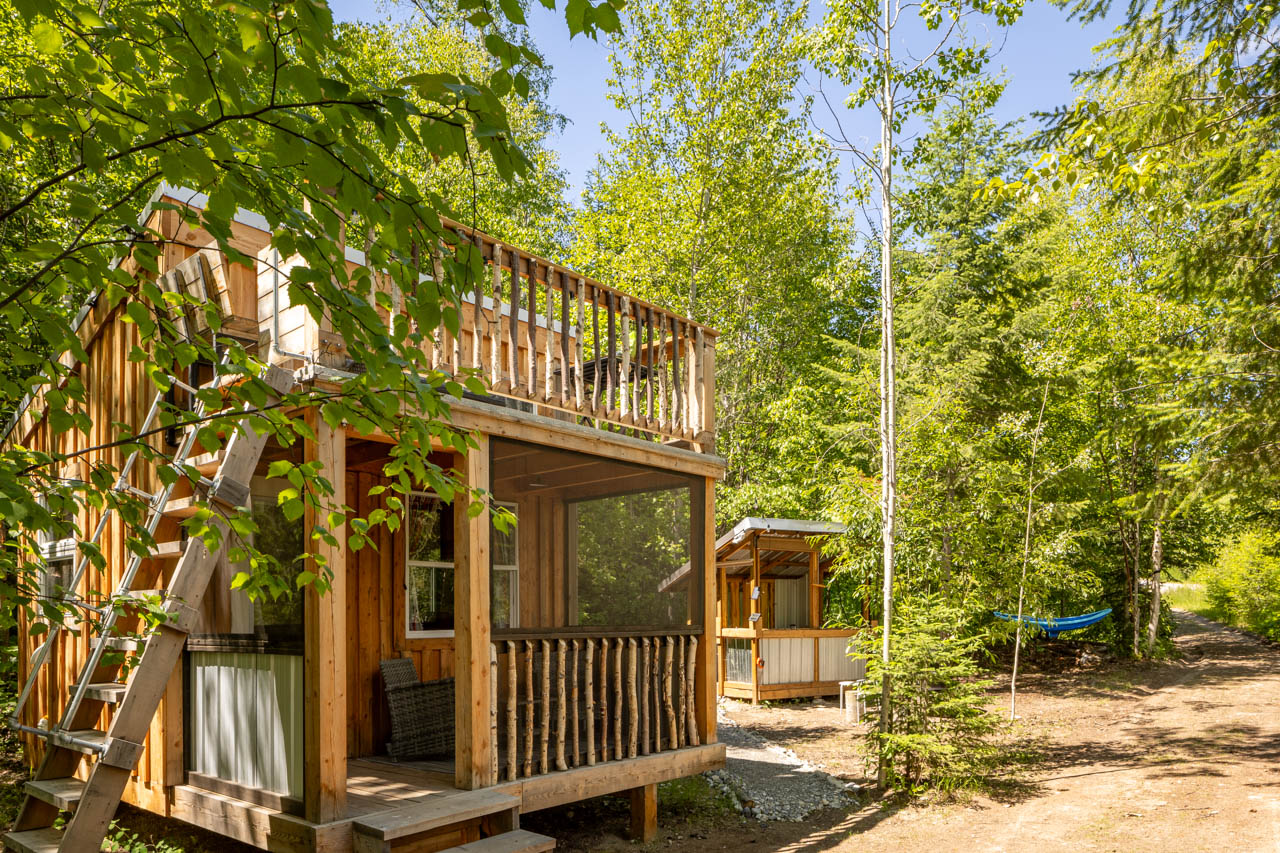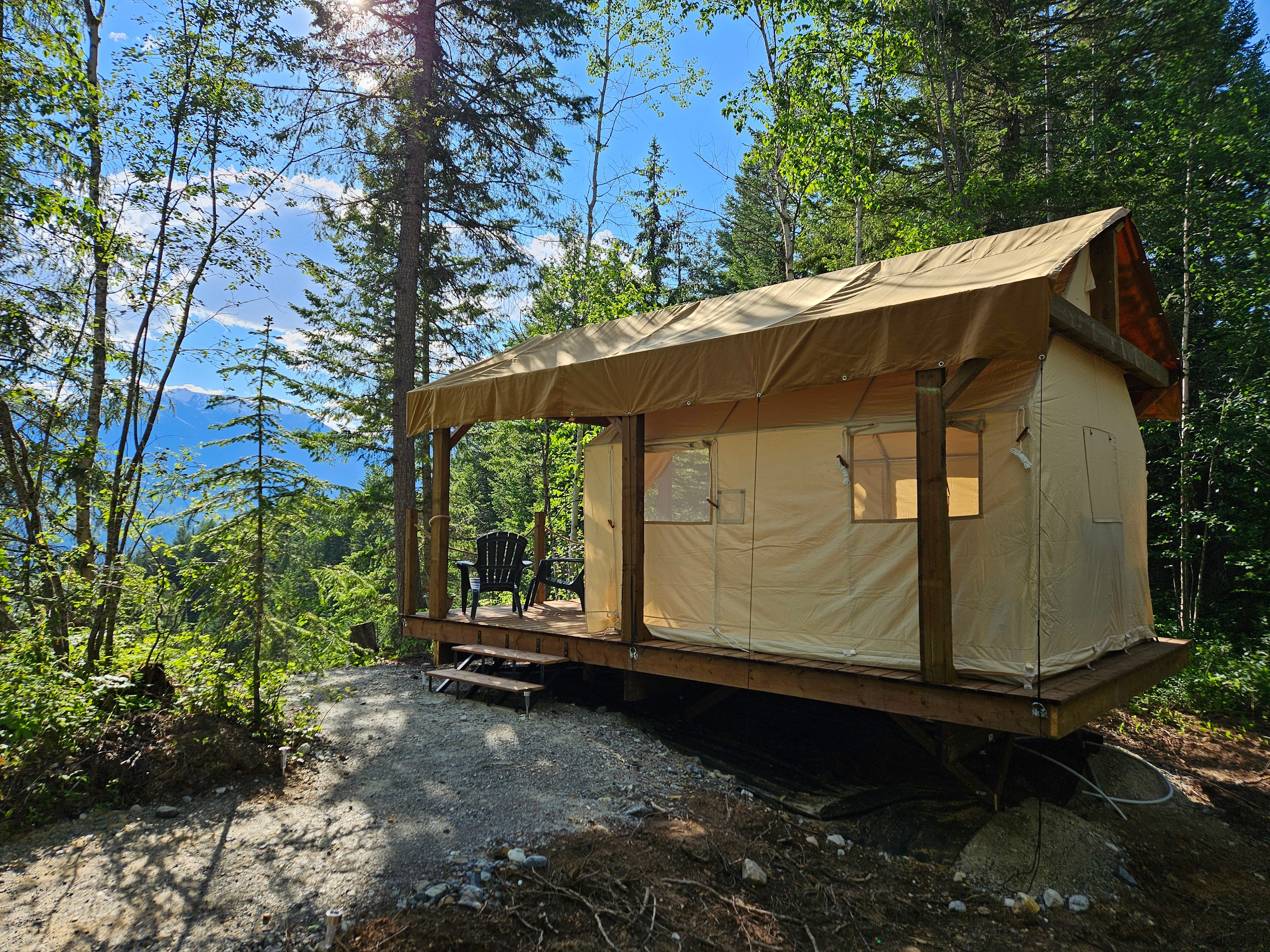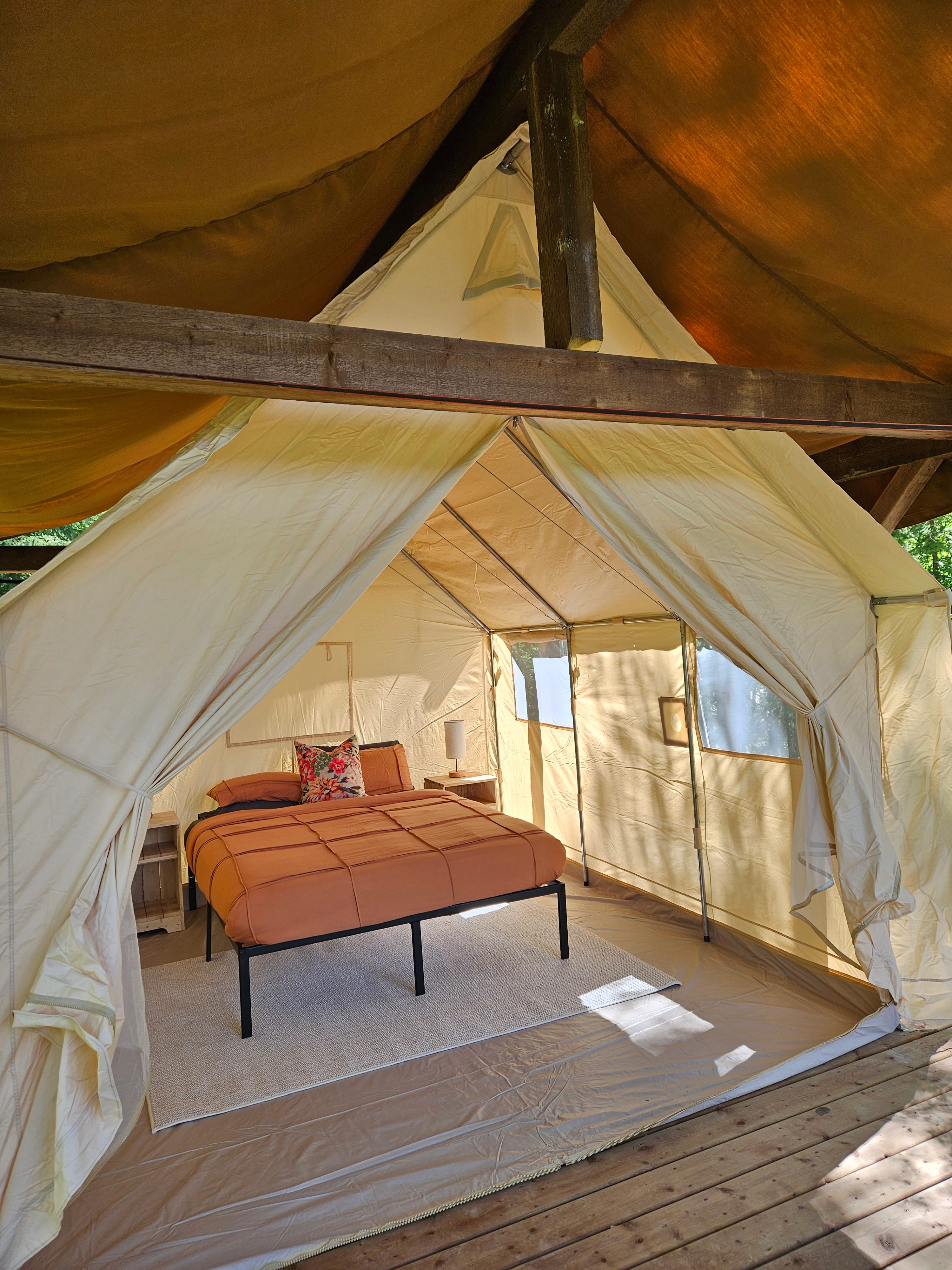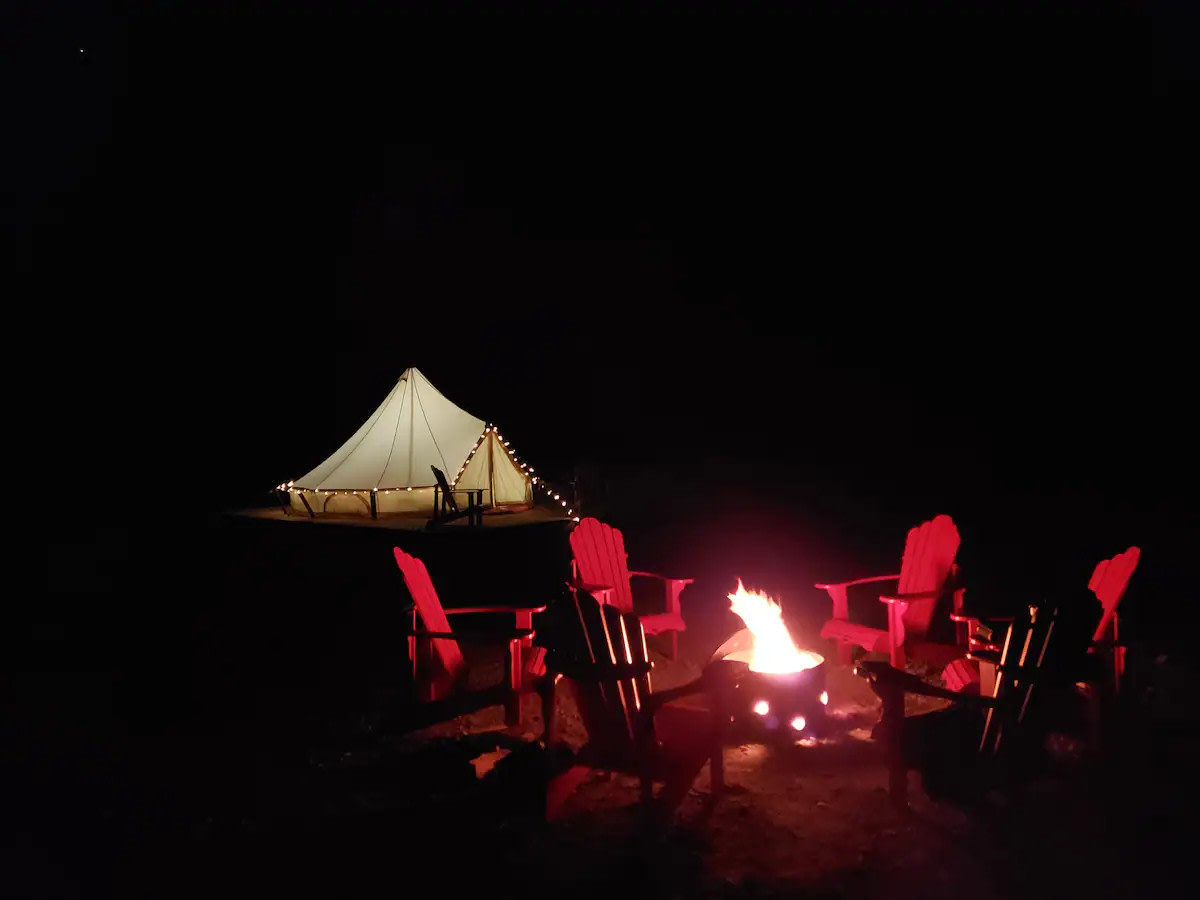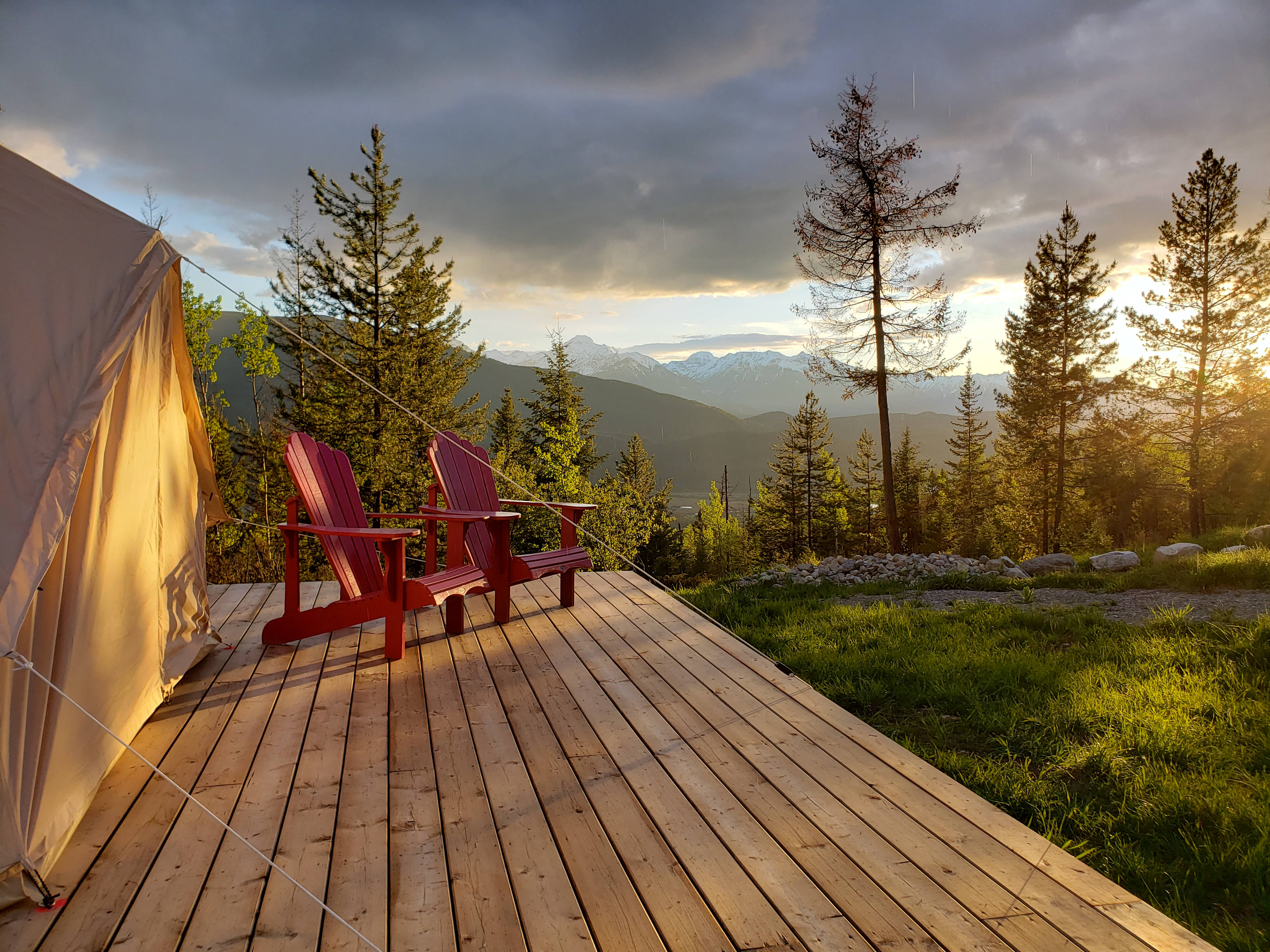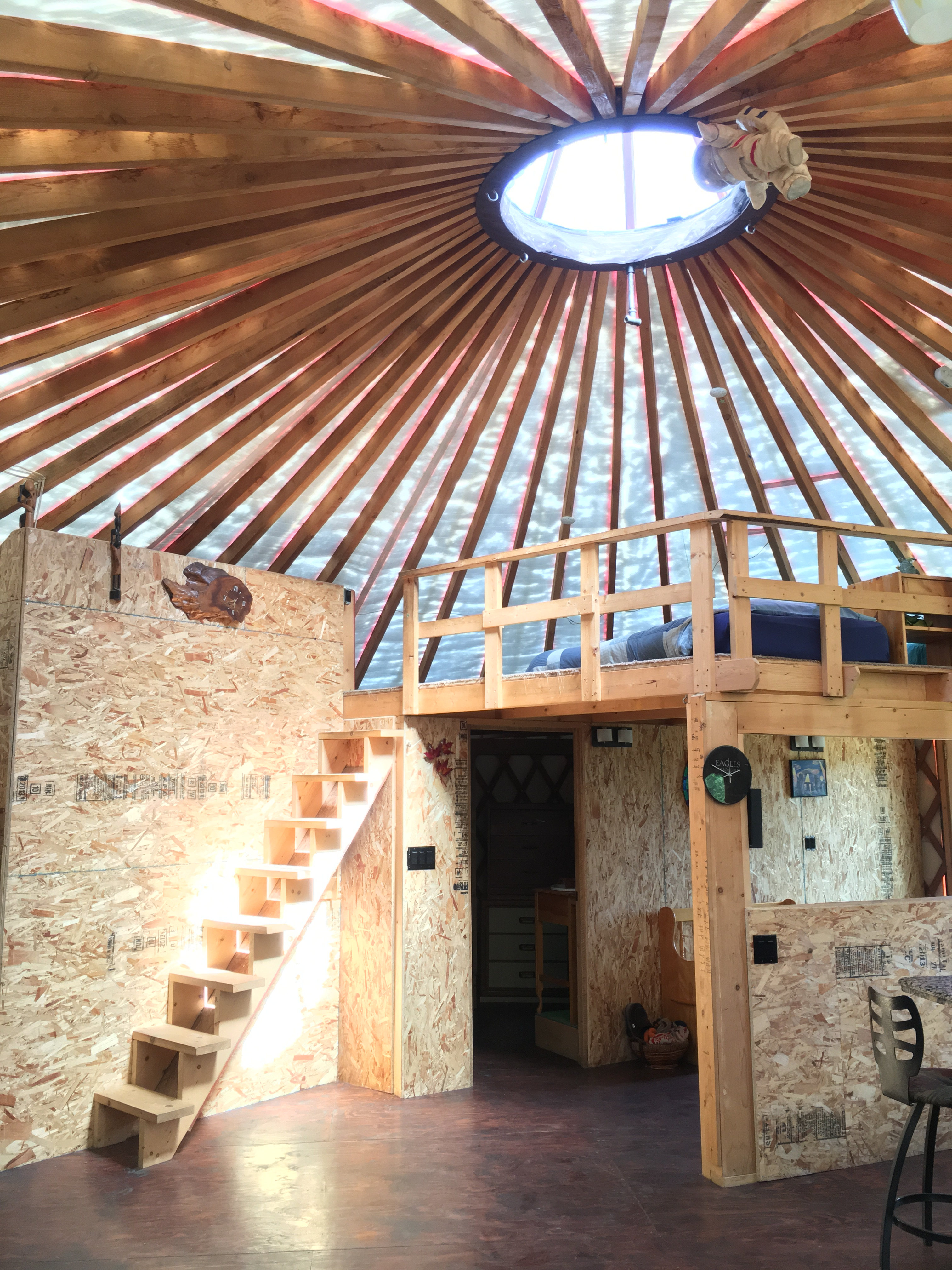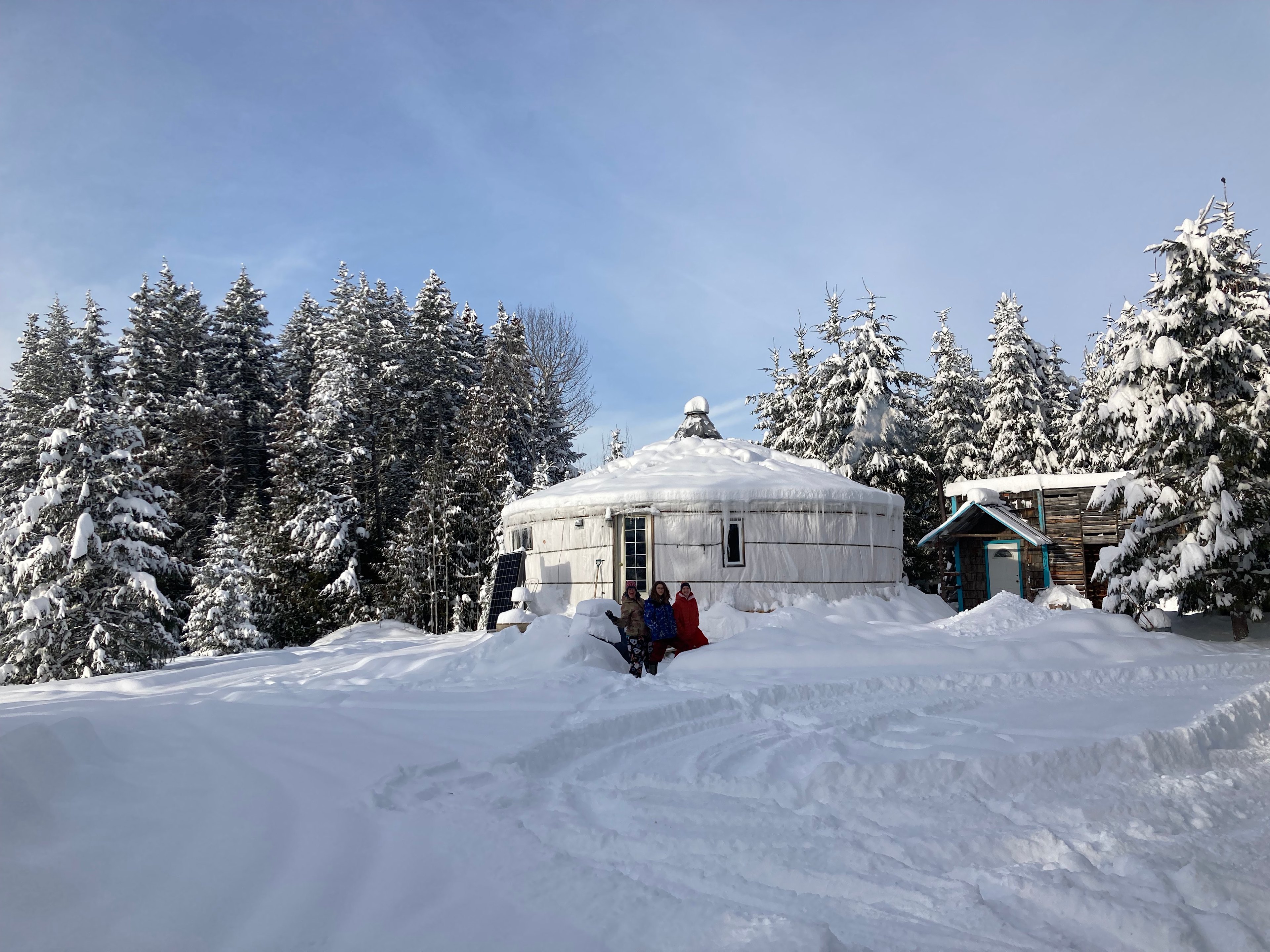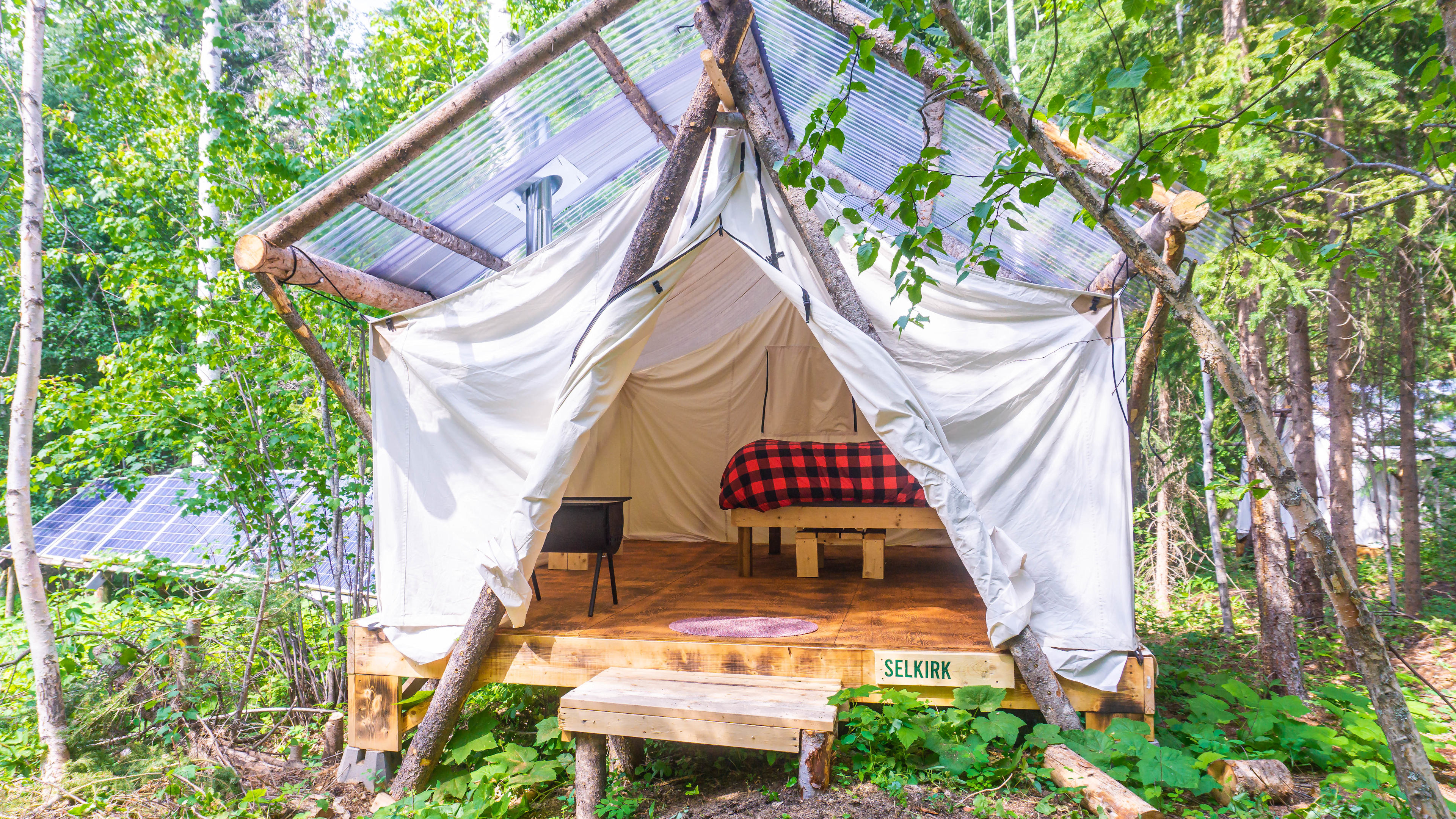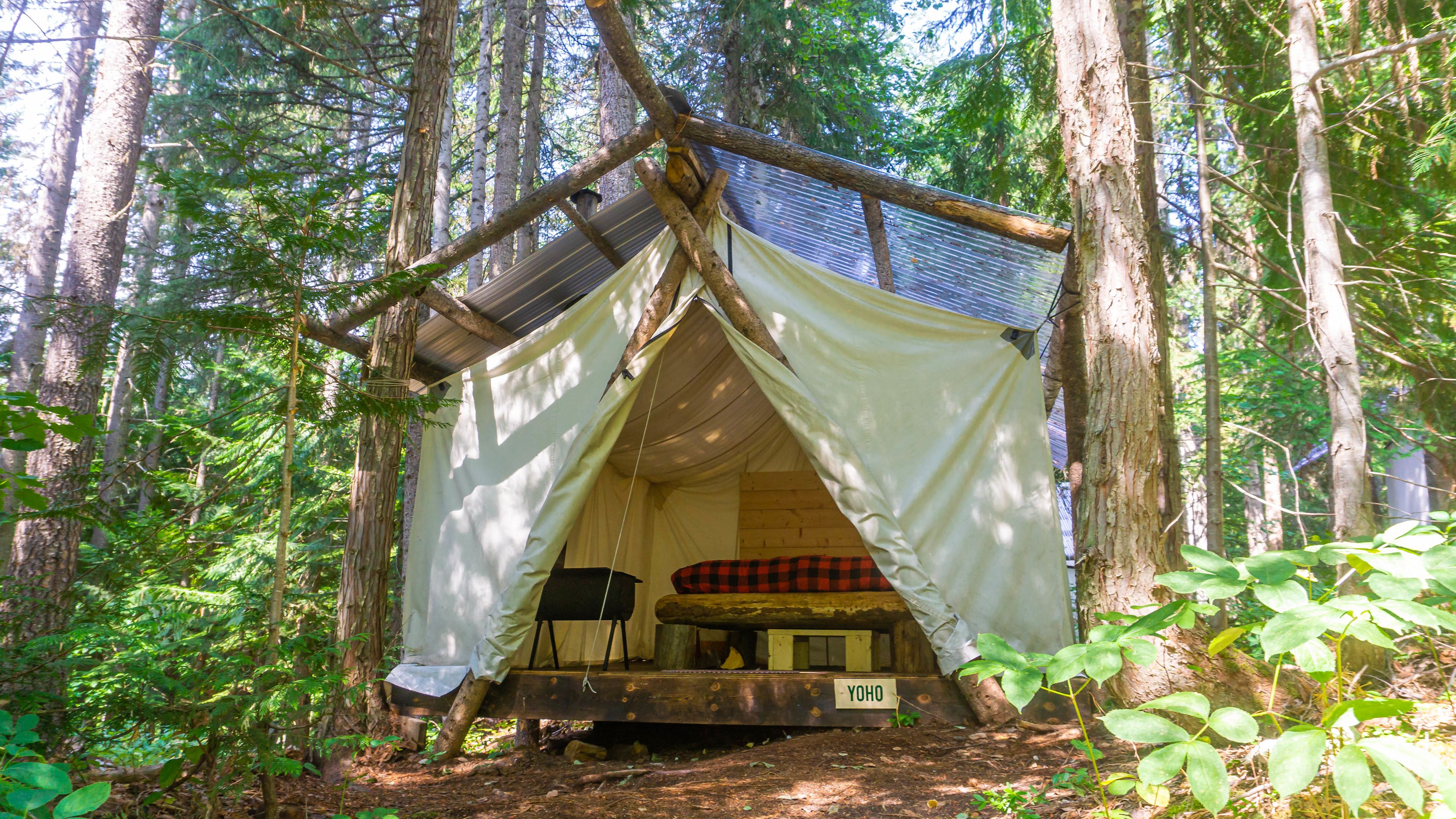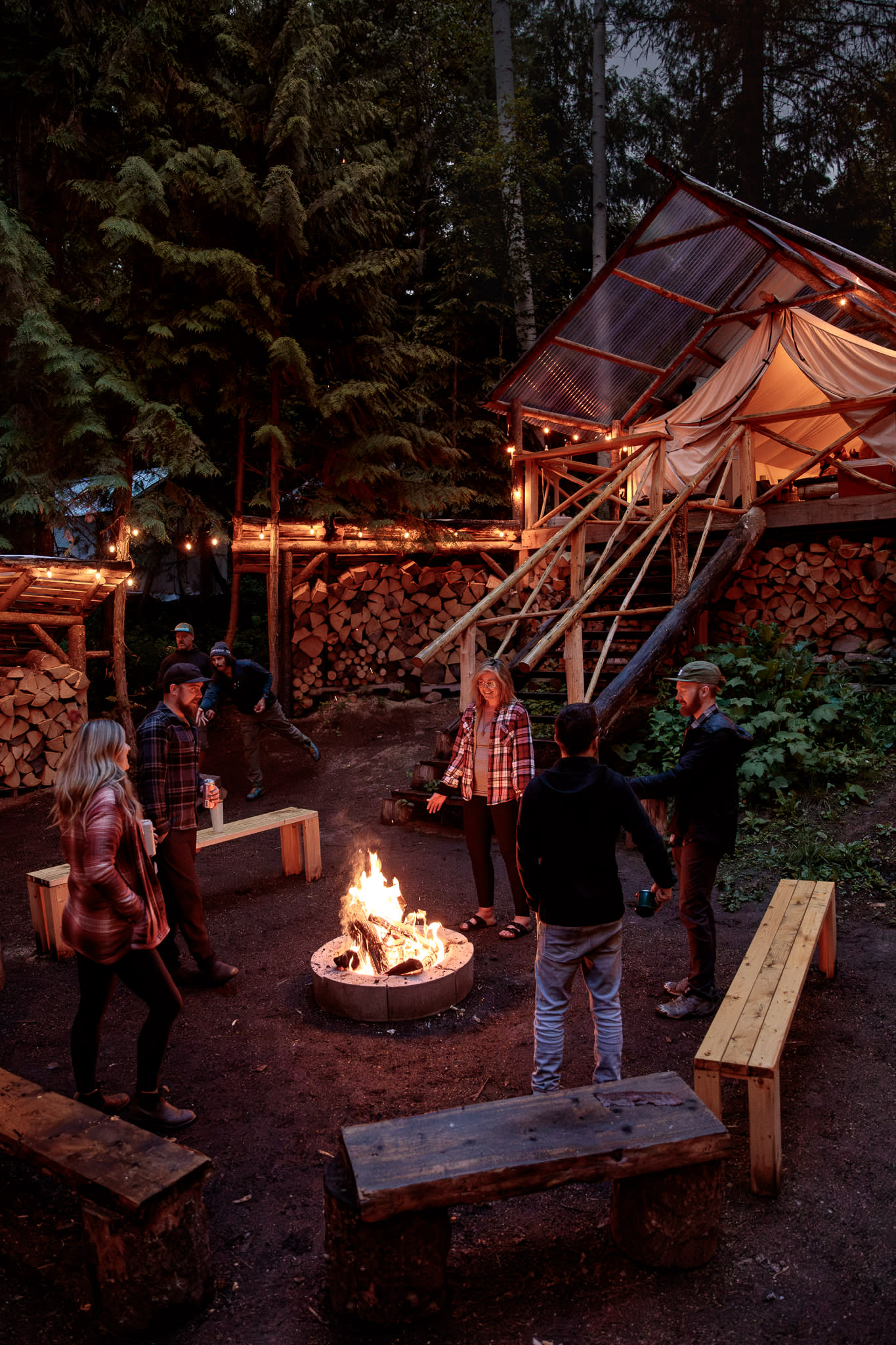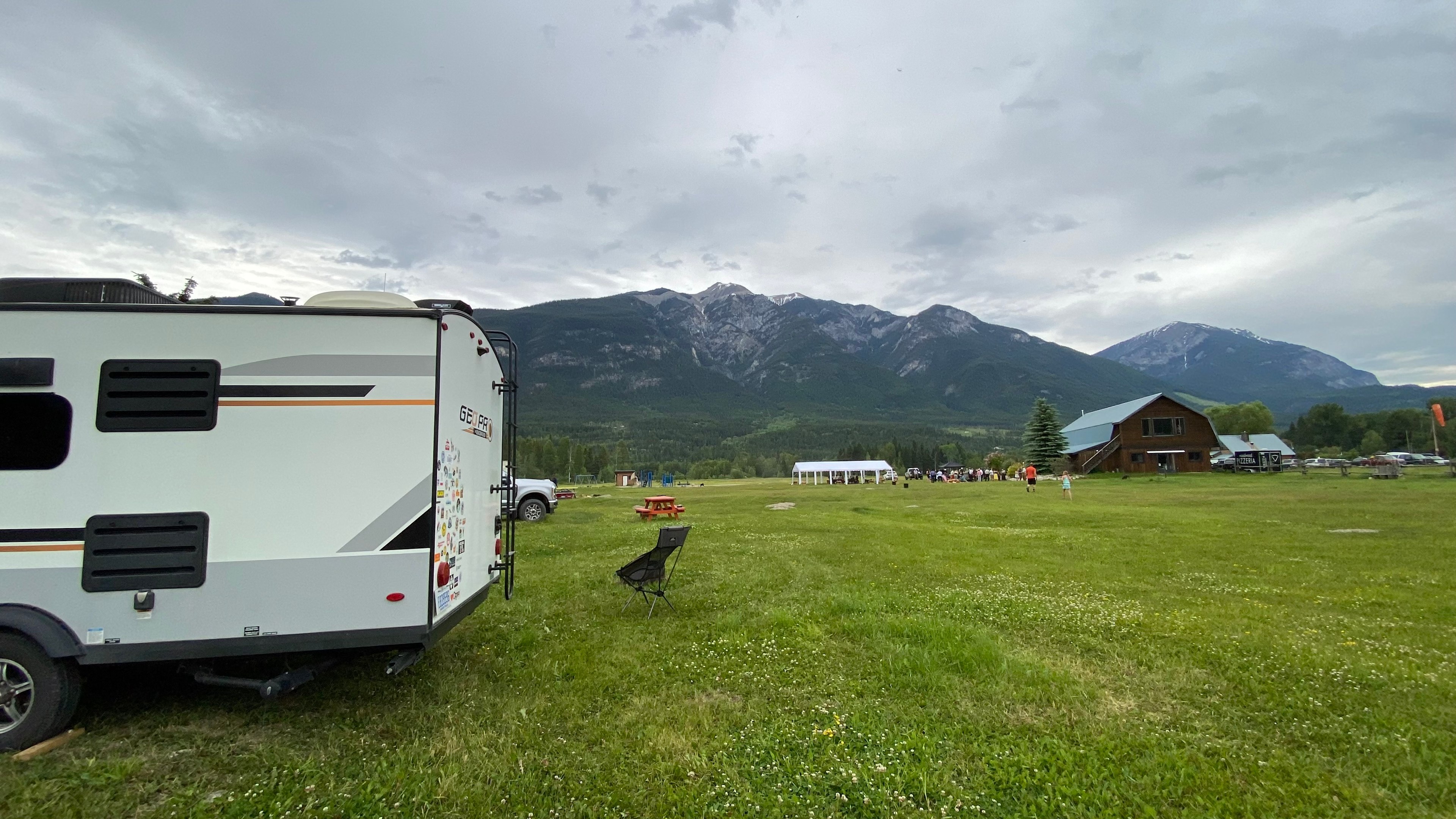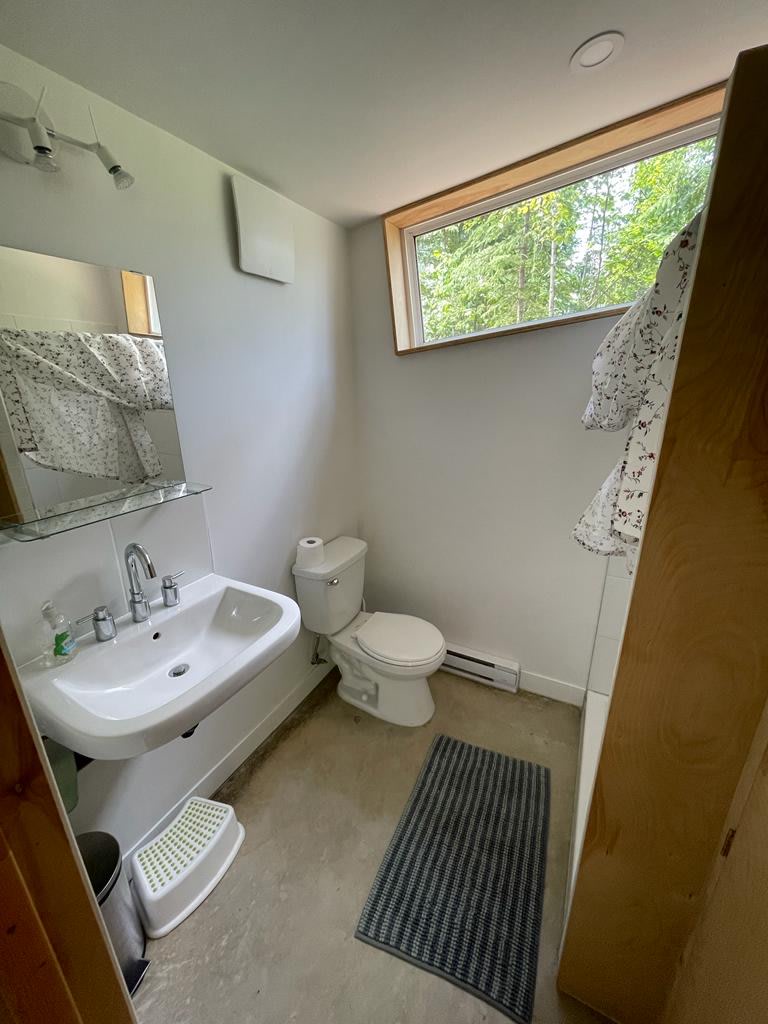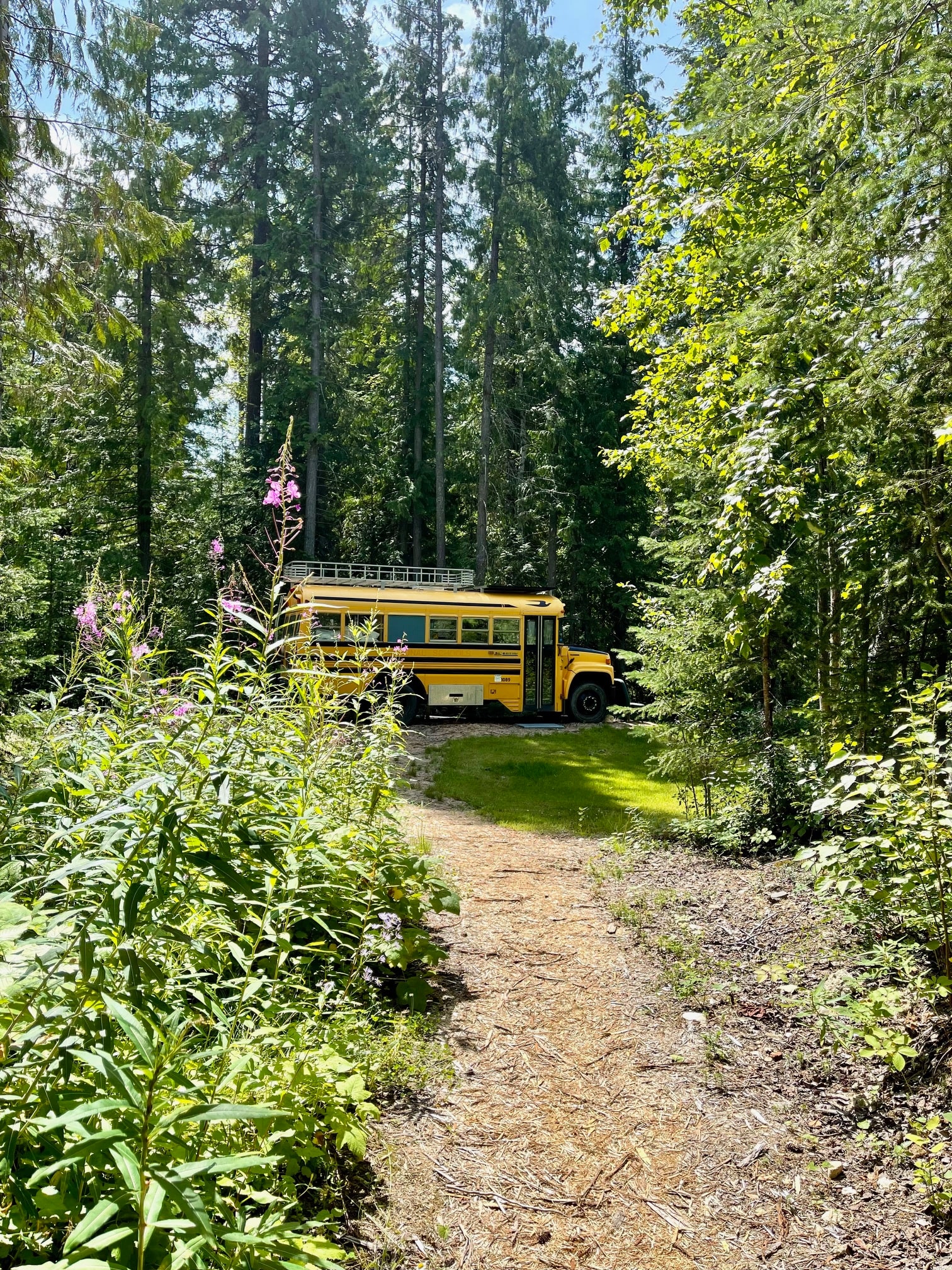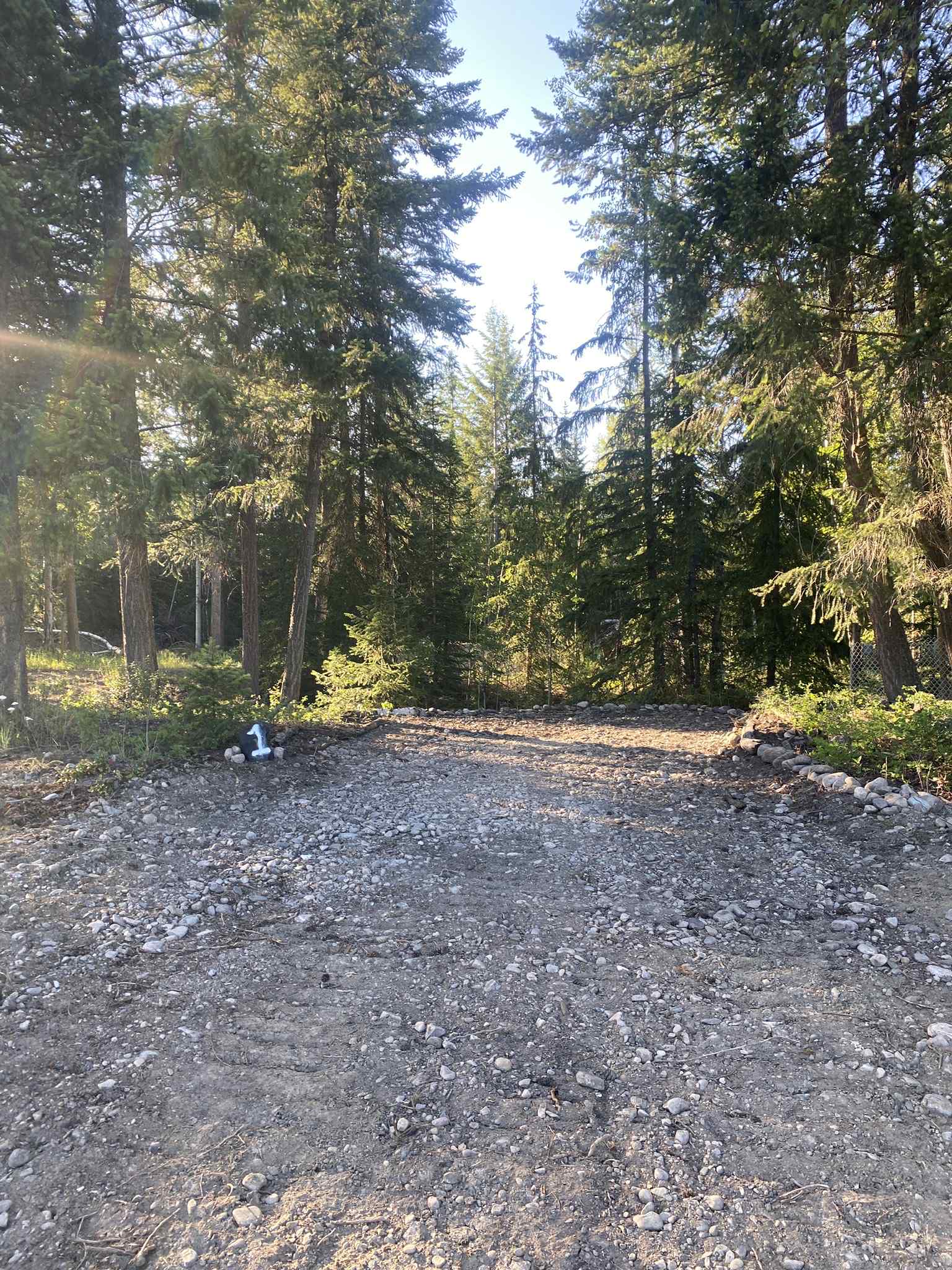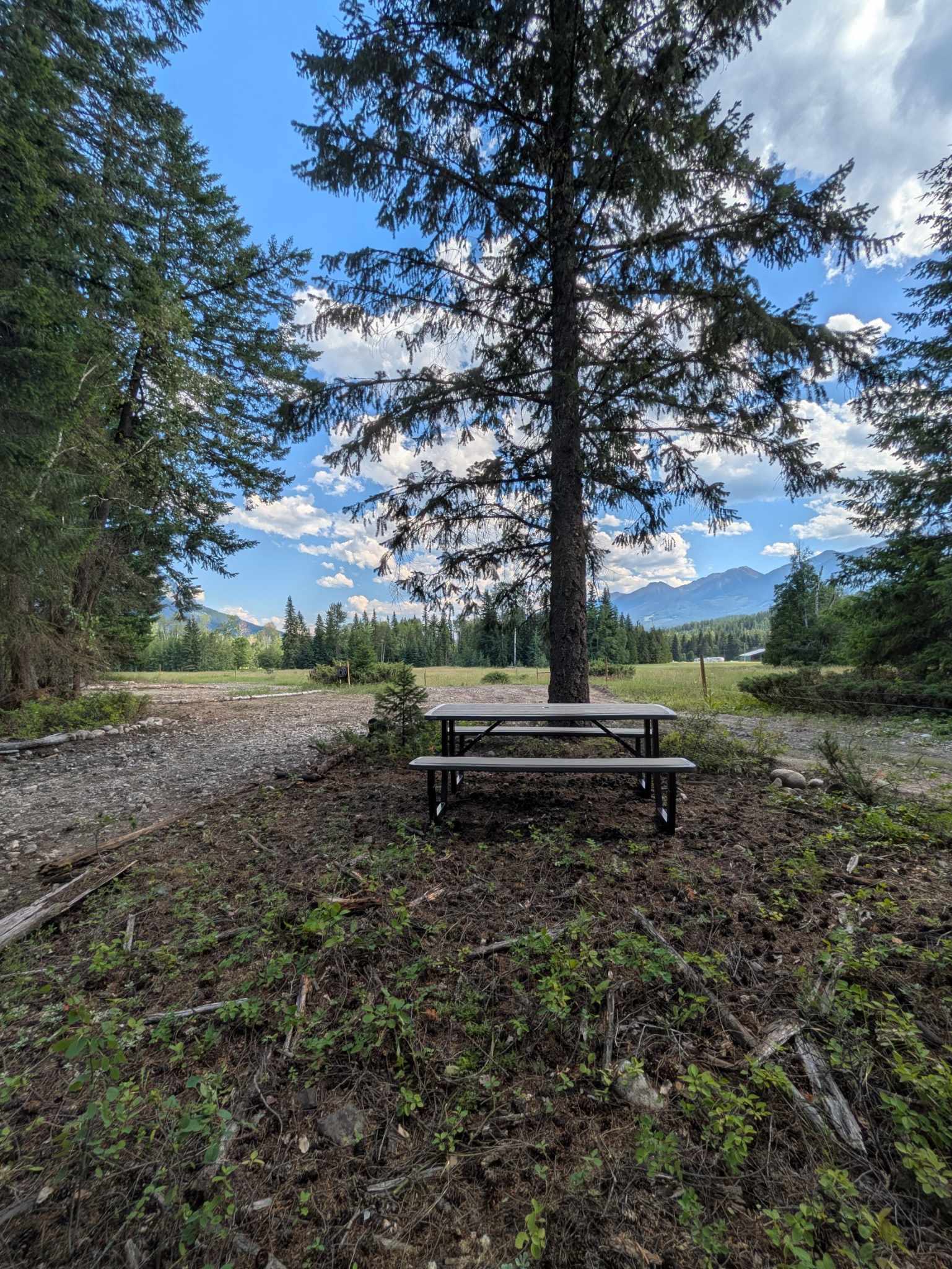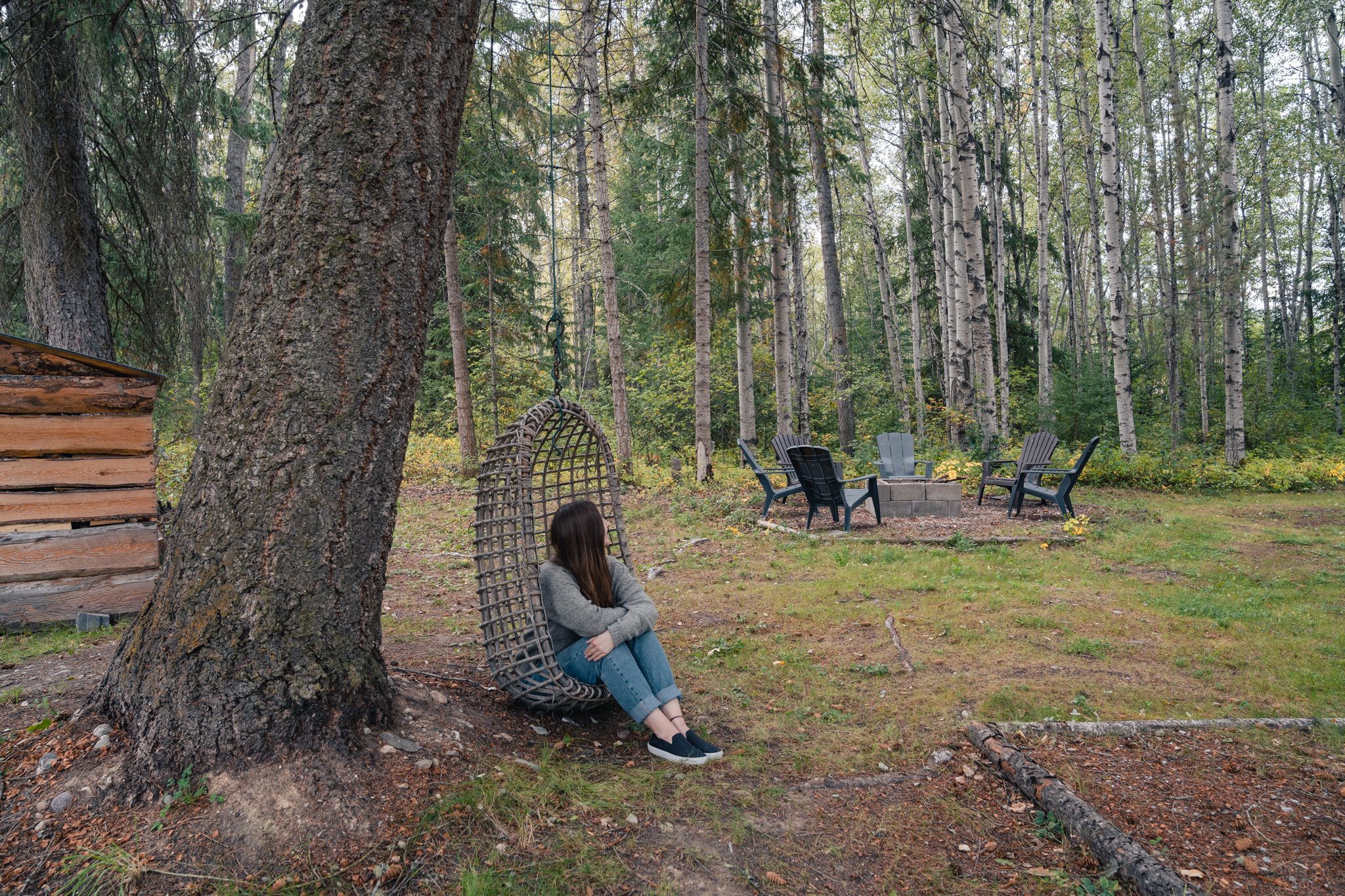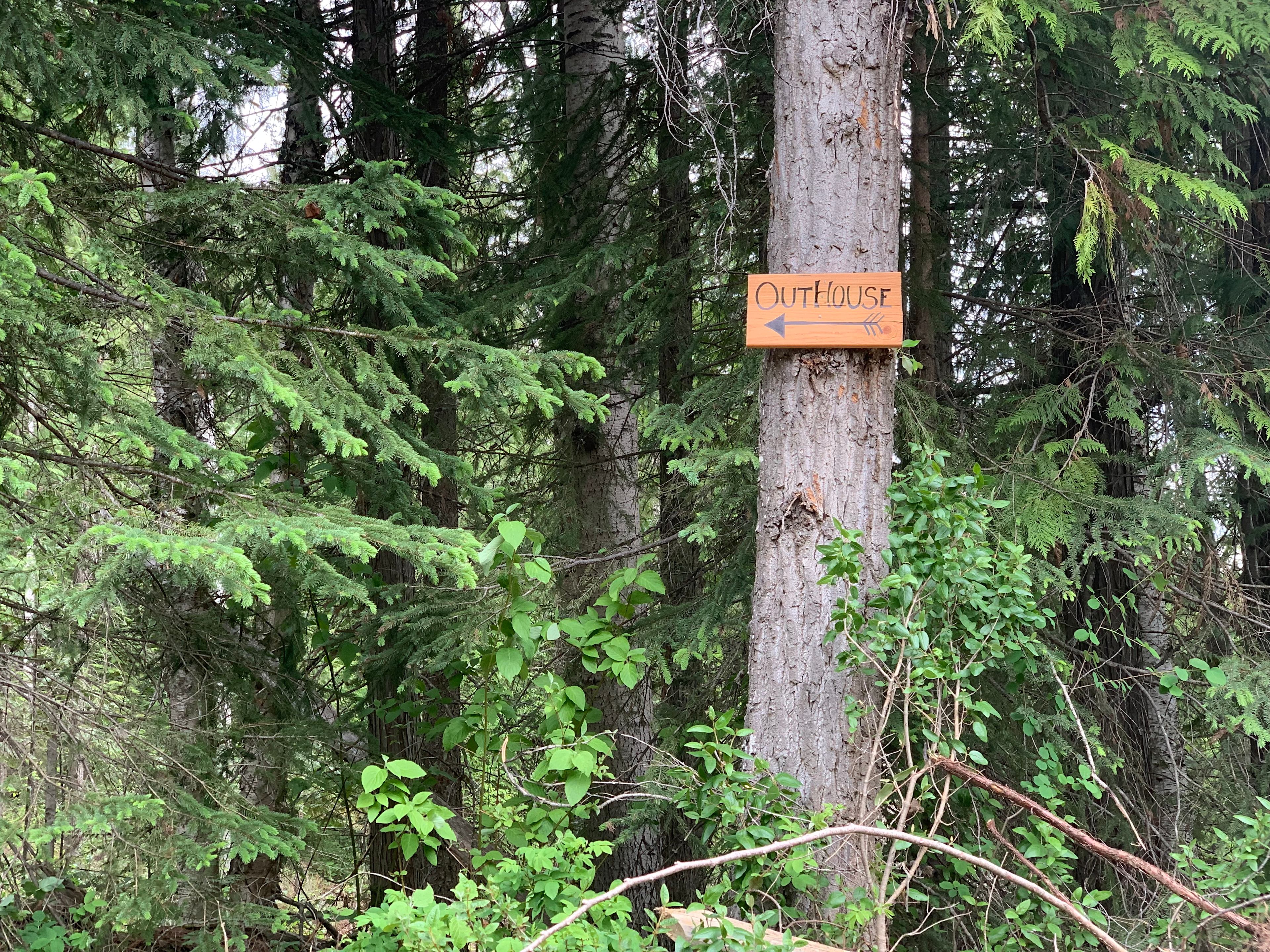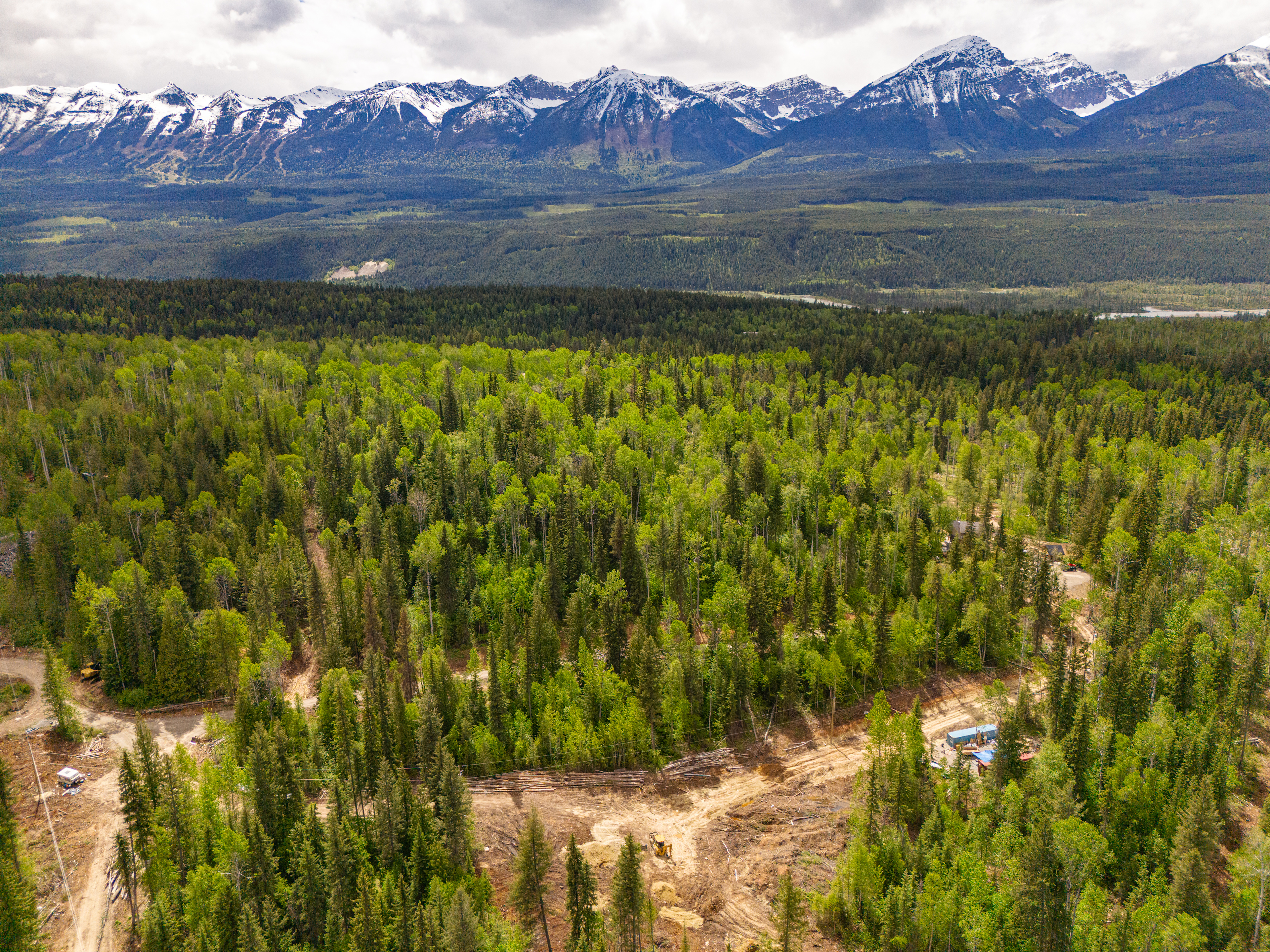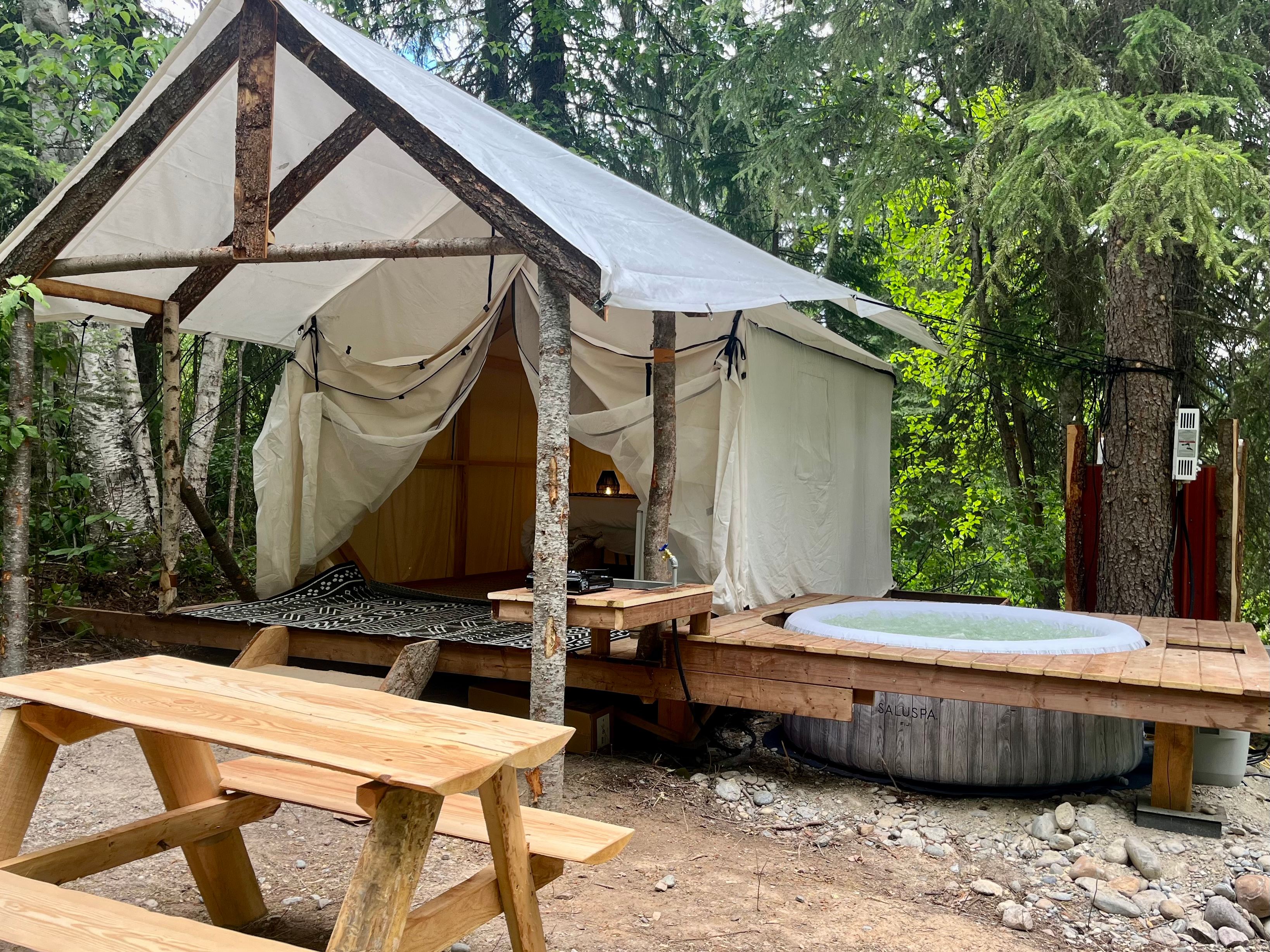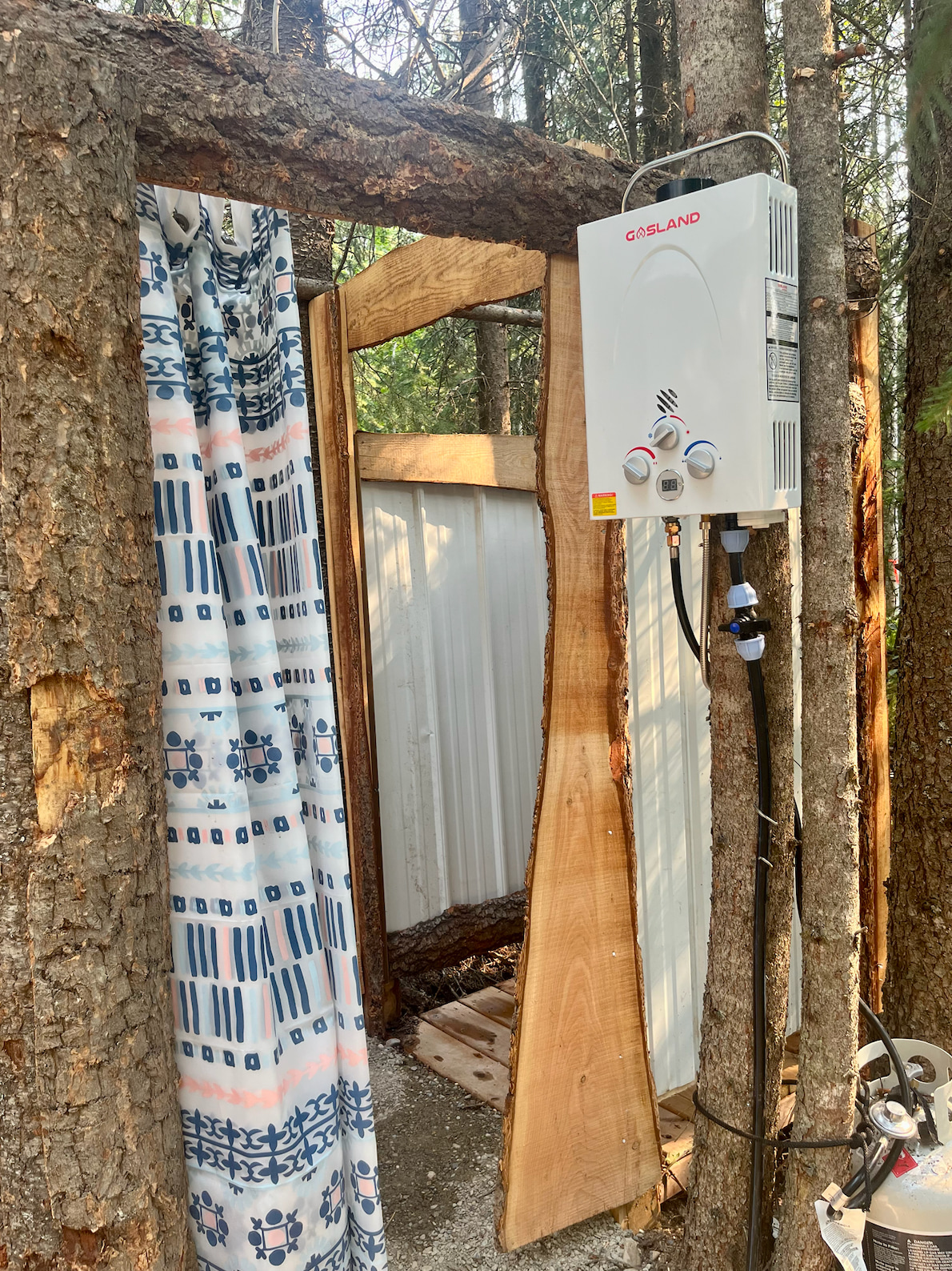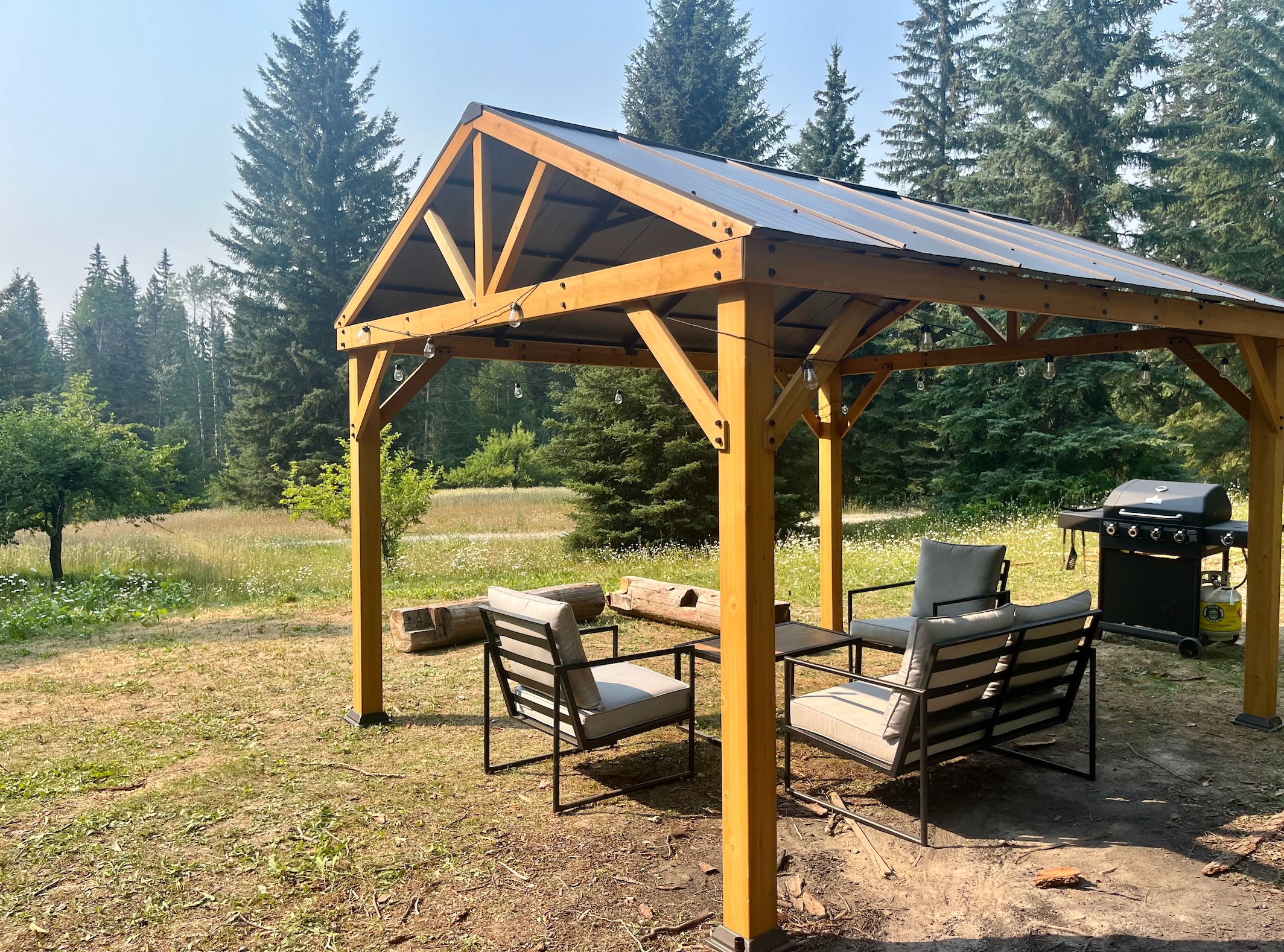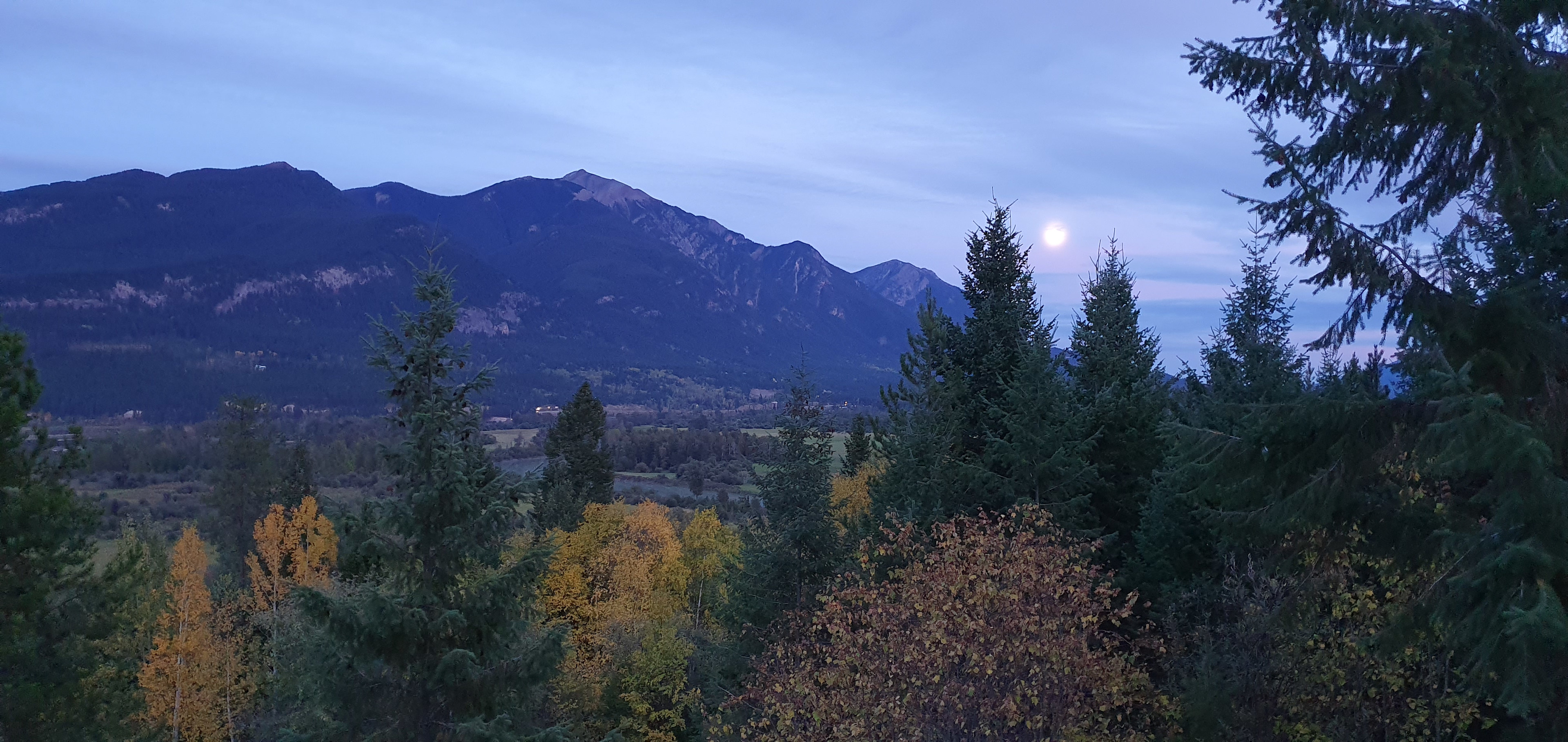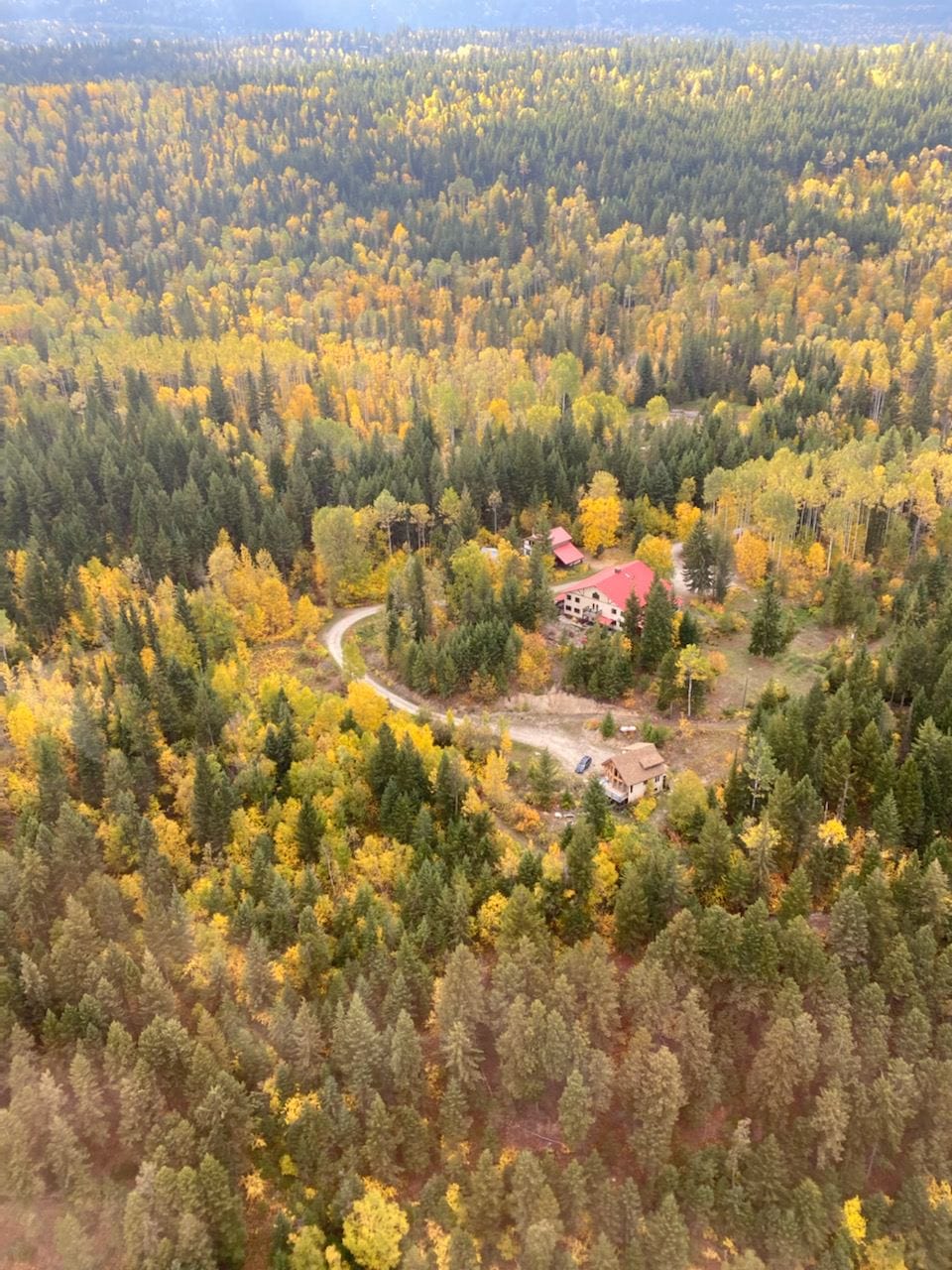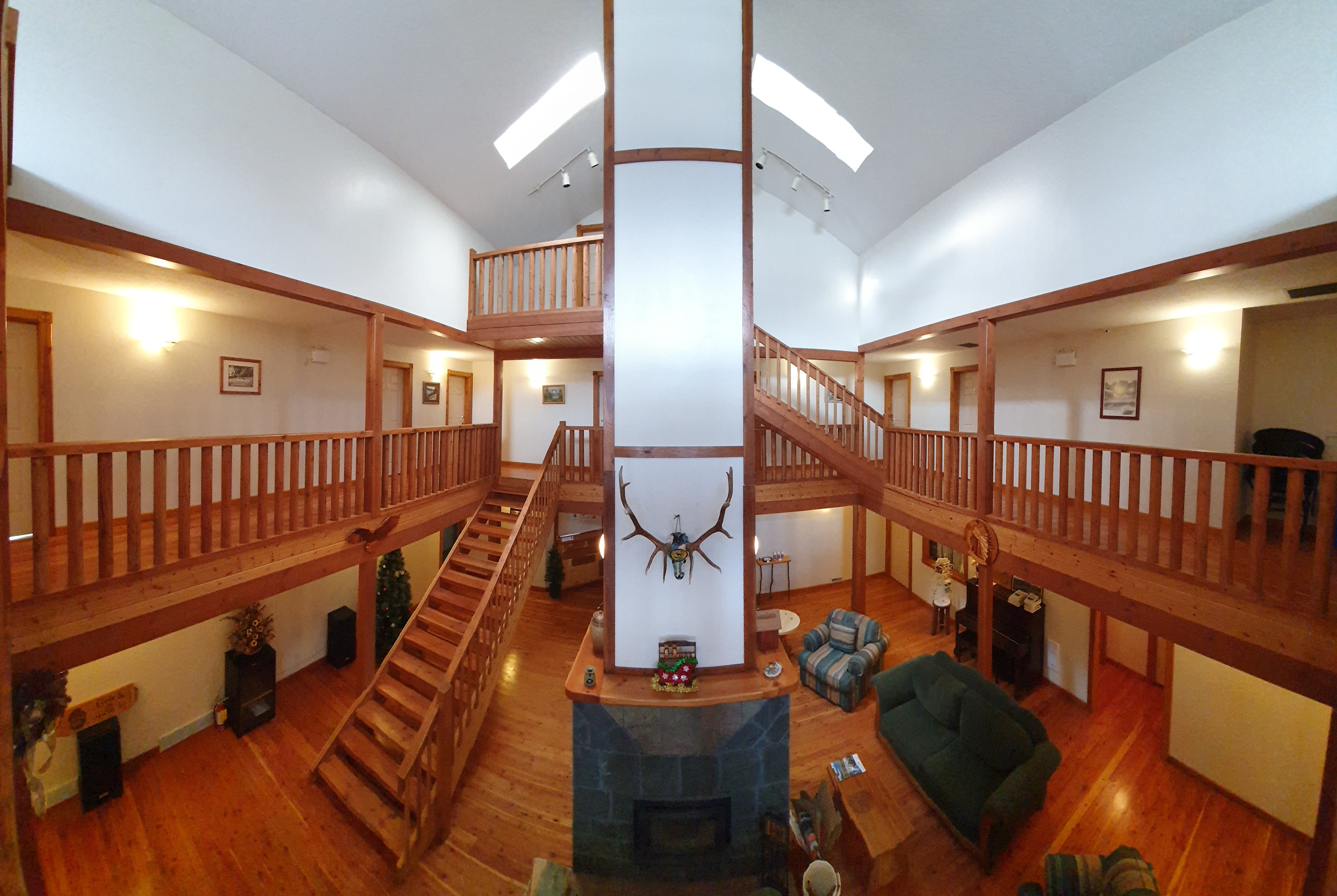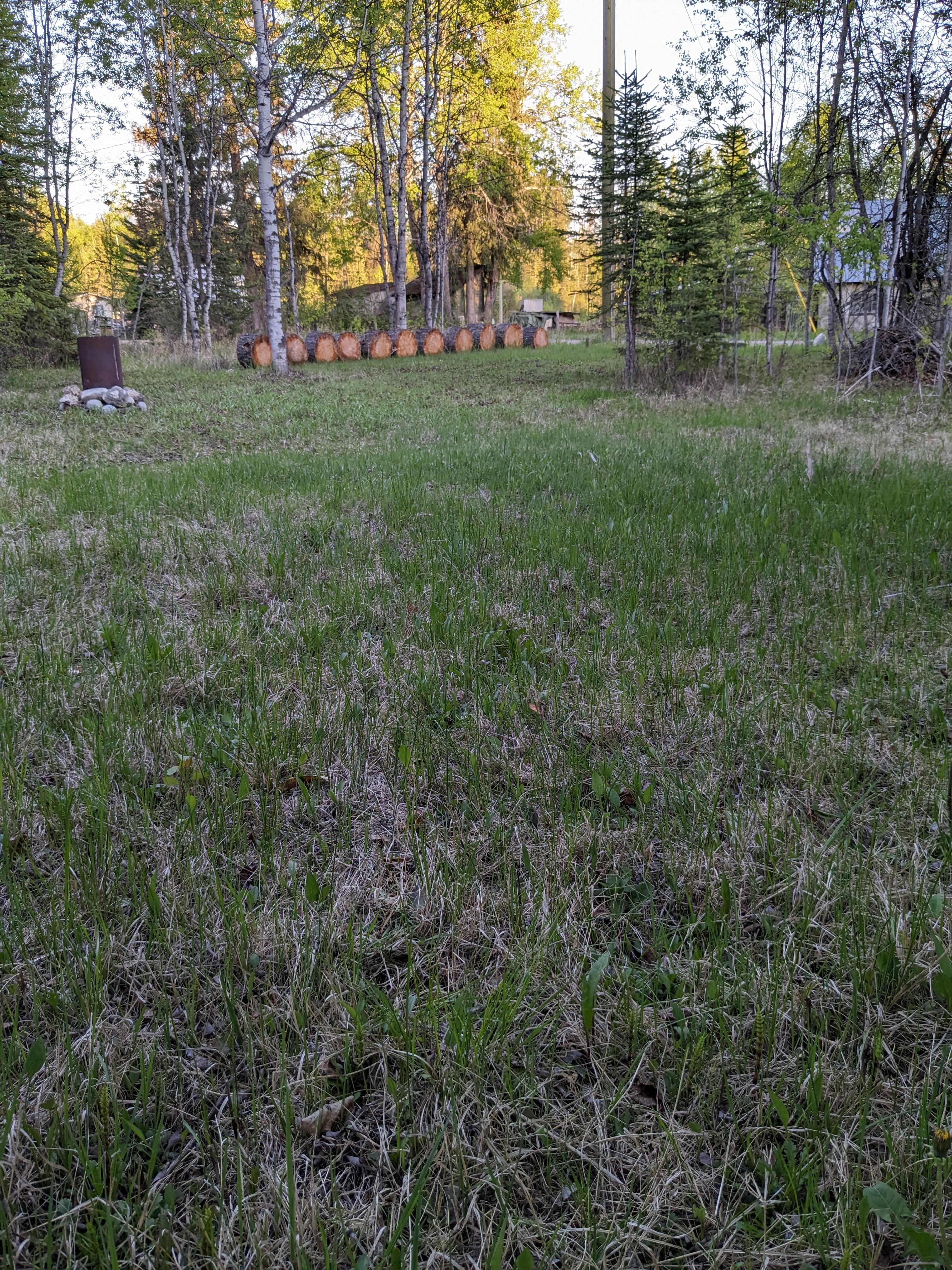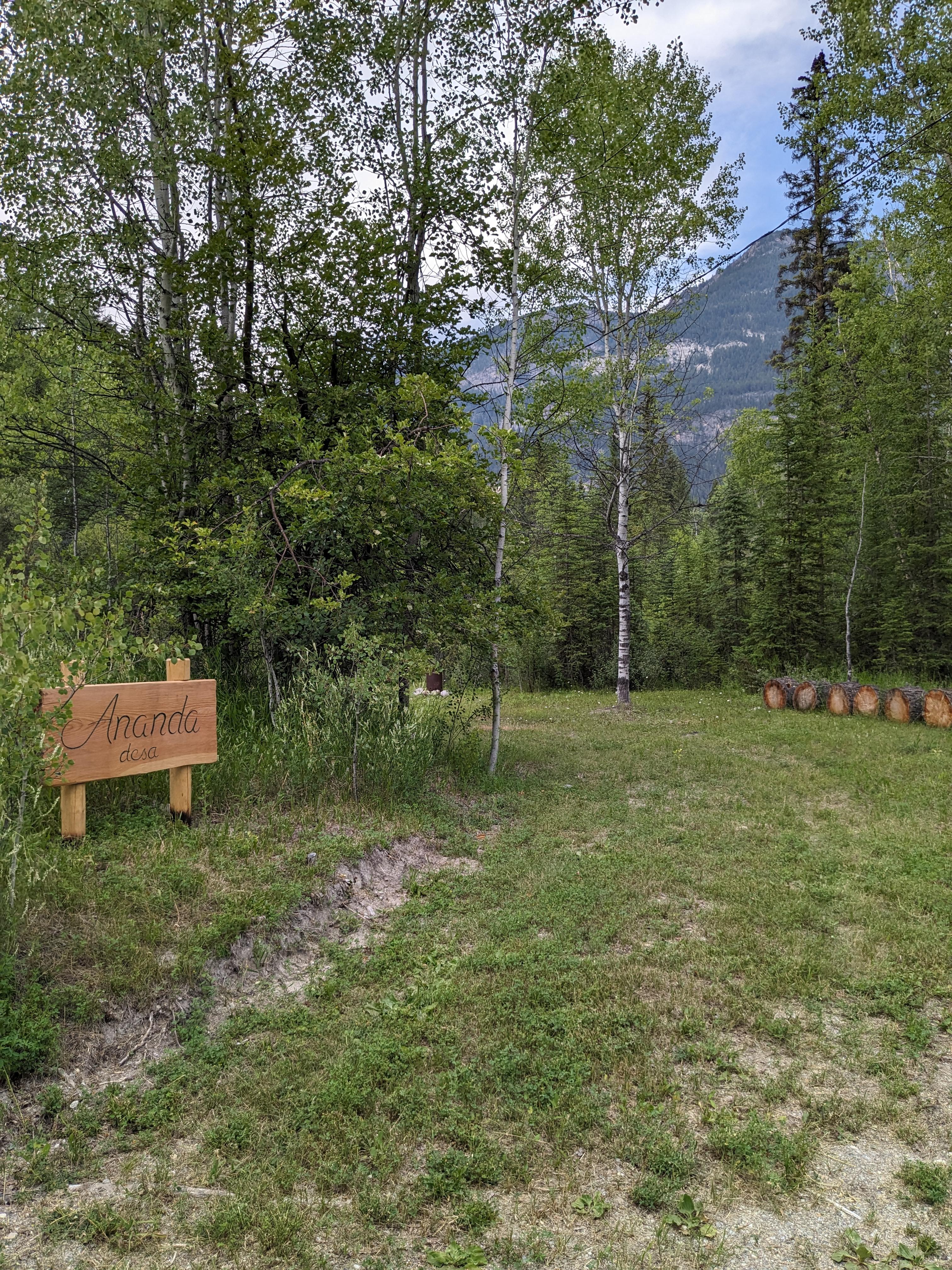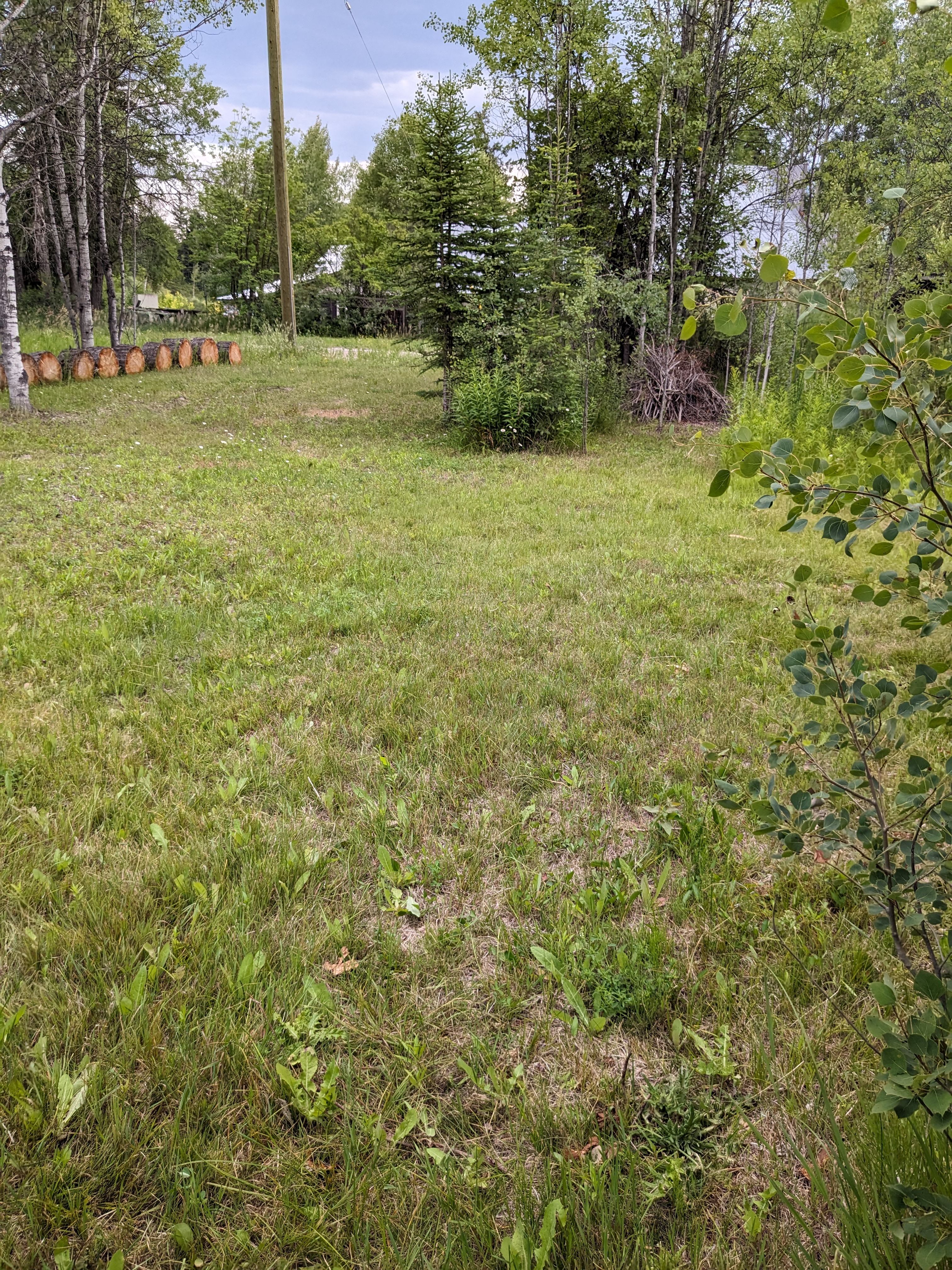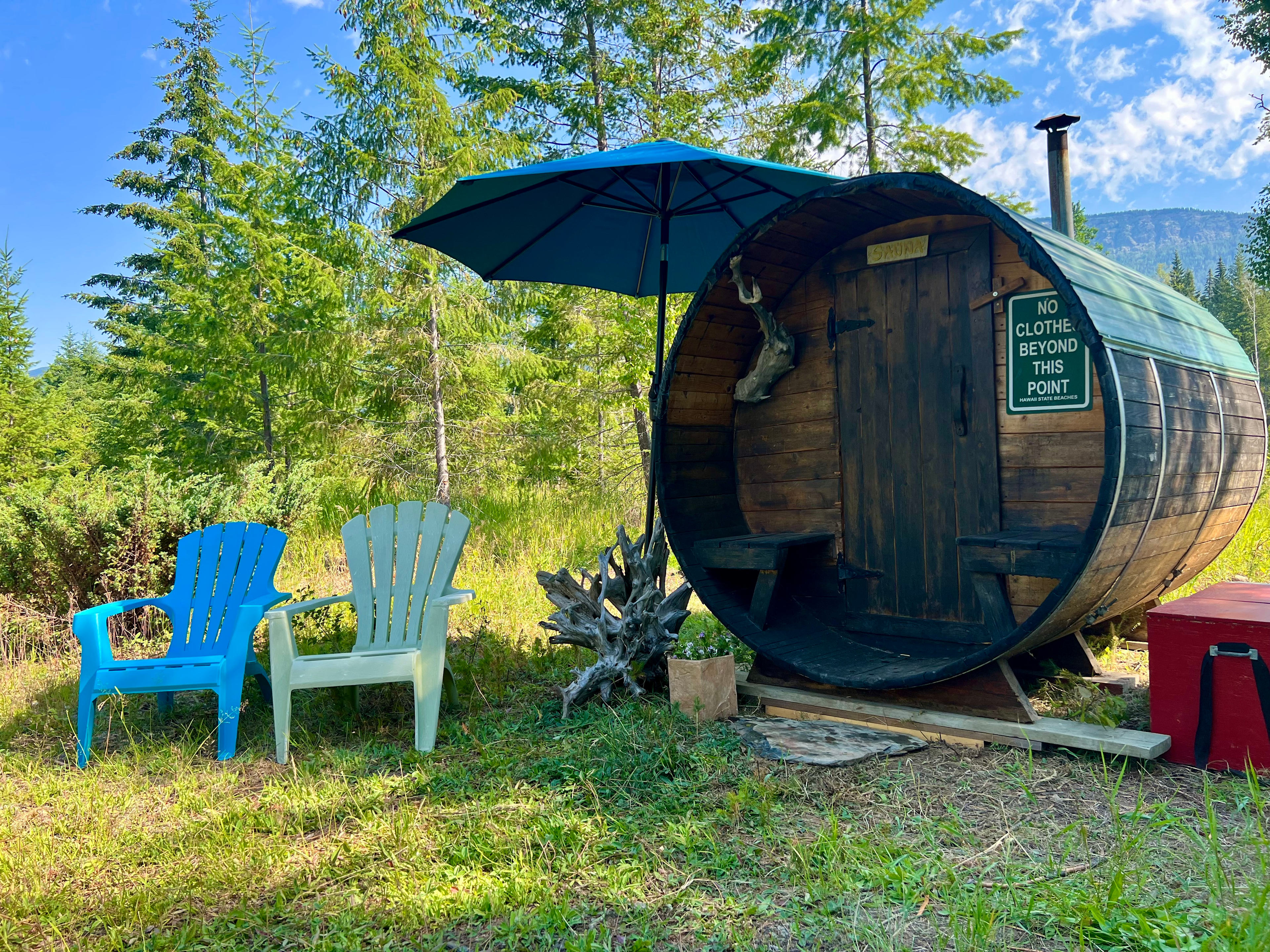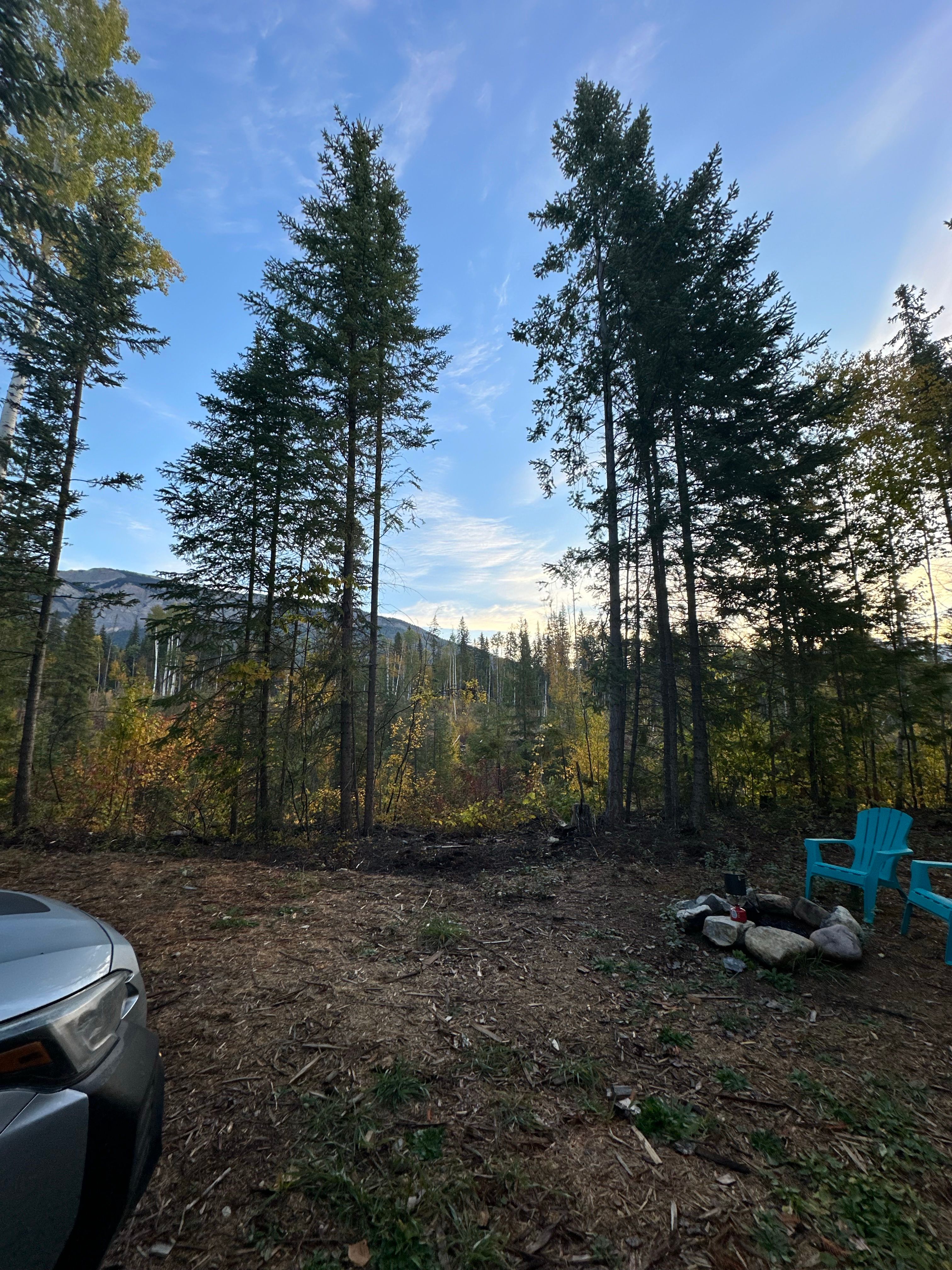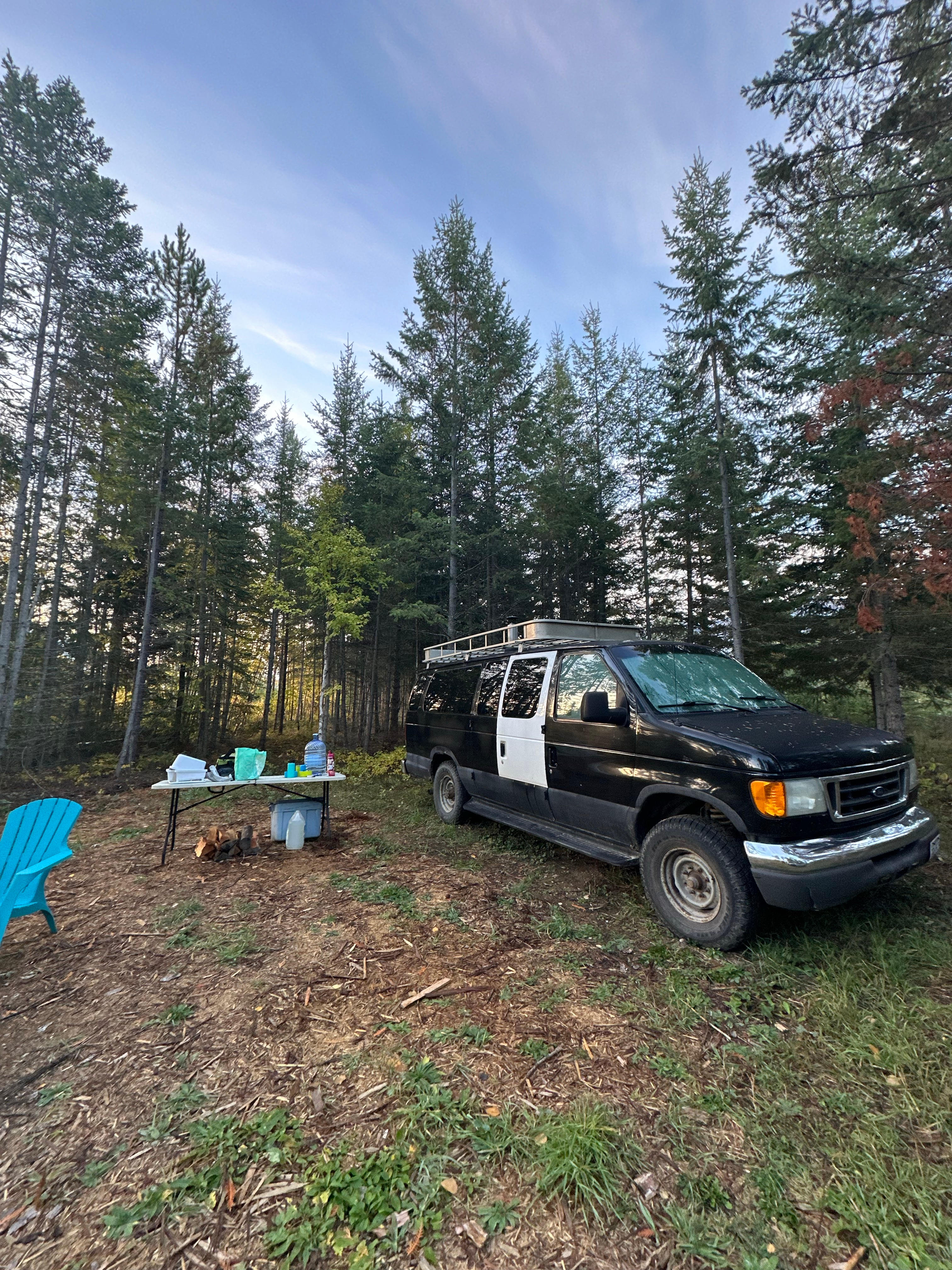- Banff National Park
The best camping in Banff National Park, AB
The best camping in Banff National Park, AB
Discover the most magical spots to pitch your tent or park your rig on your next Banff National Park adventure.
Camper favorites near Banff National Park
Top-rated campgrounds reviewed by the Hipcamp community.
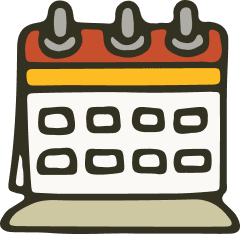
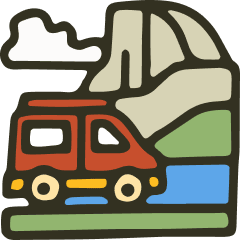

Recent reviews from the Hipcamp community
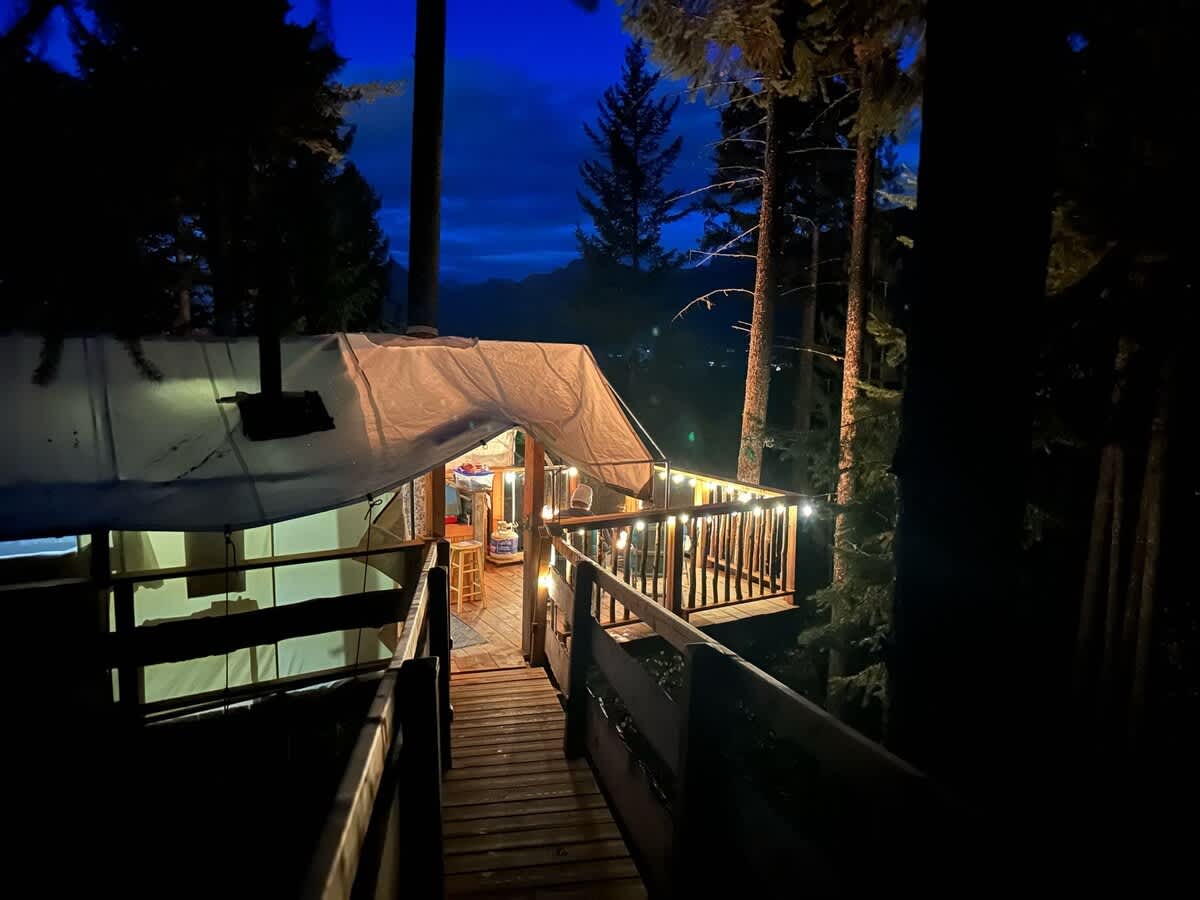


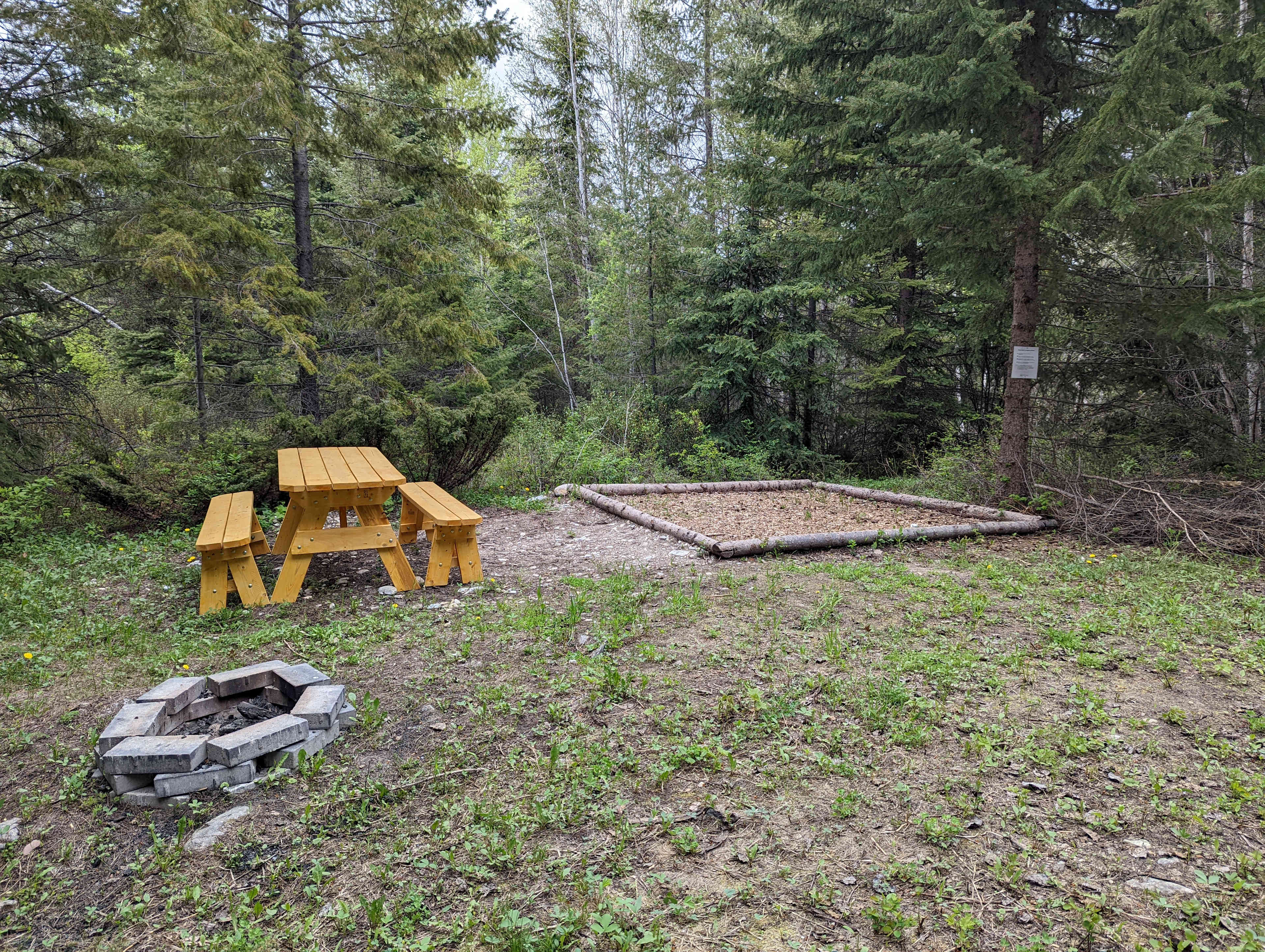
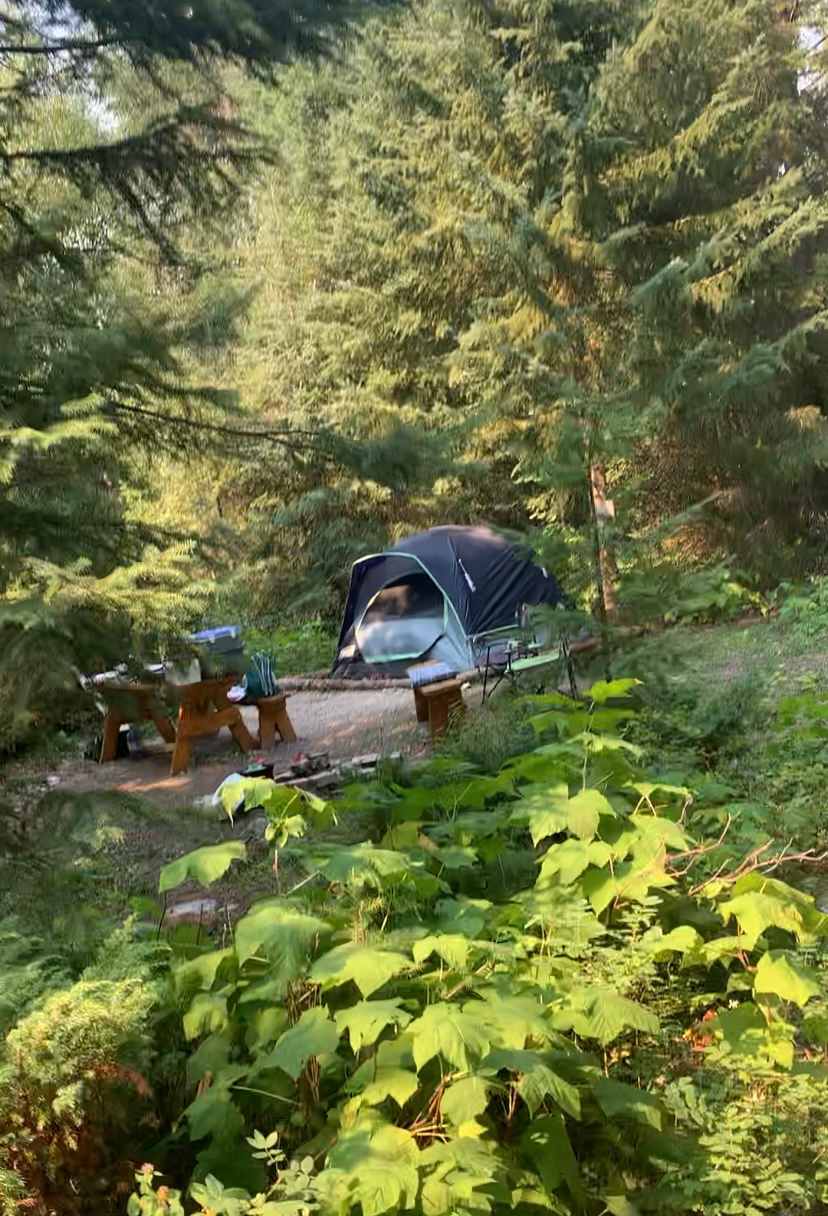
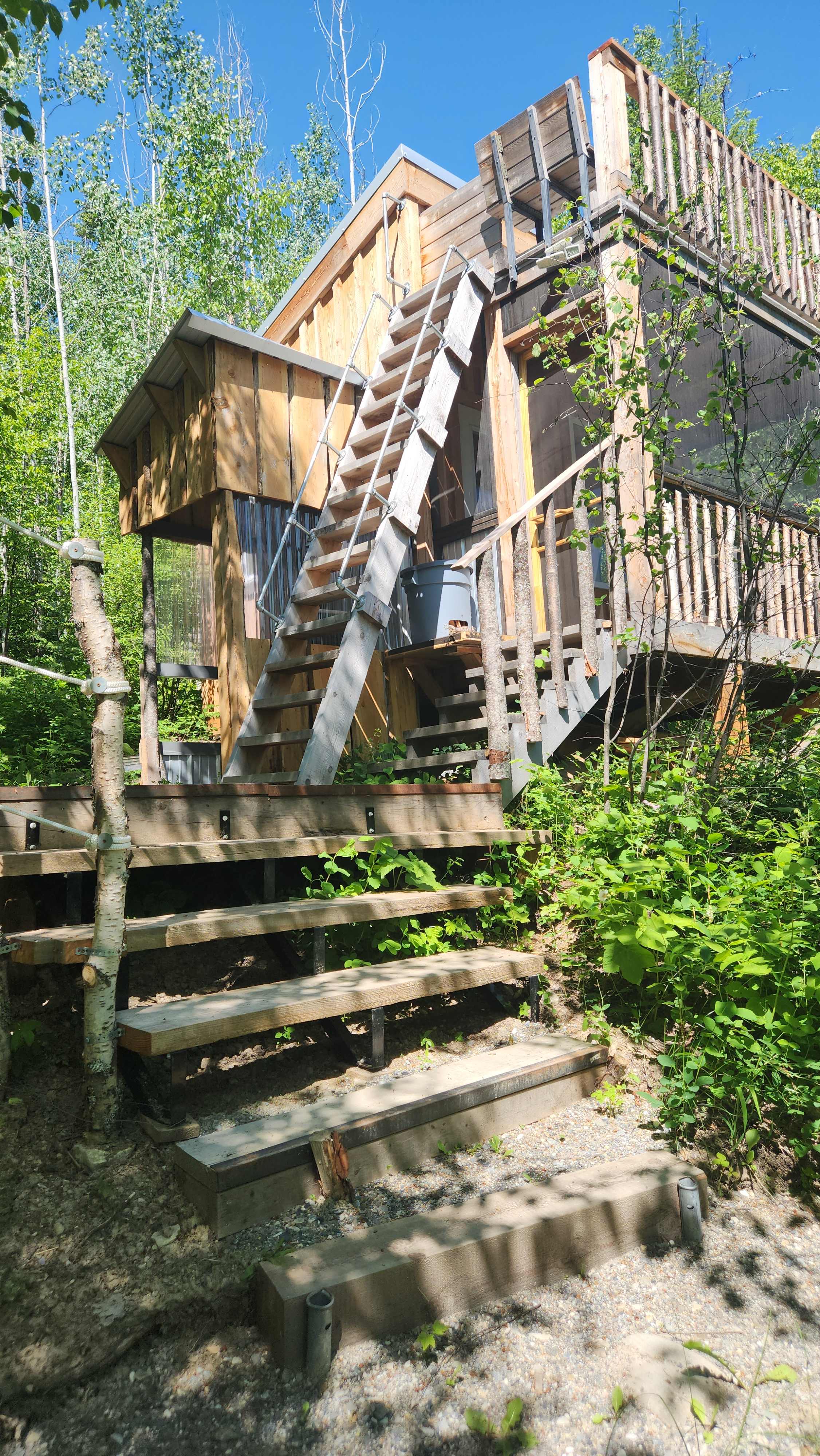






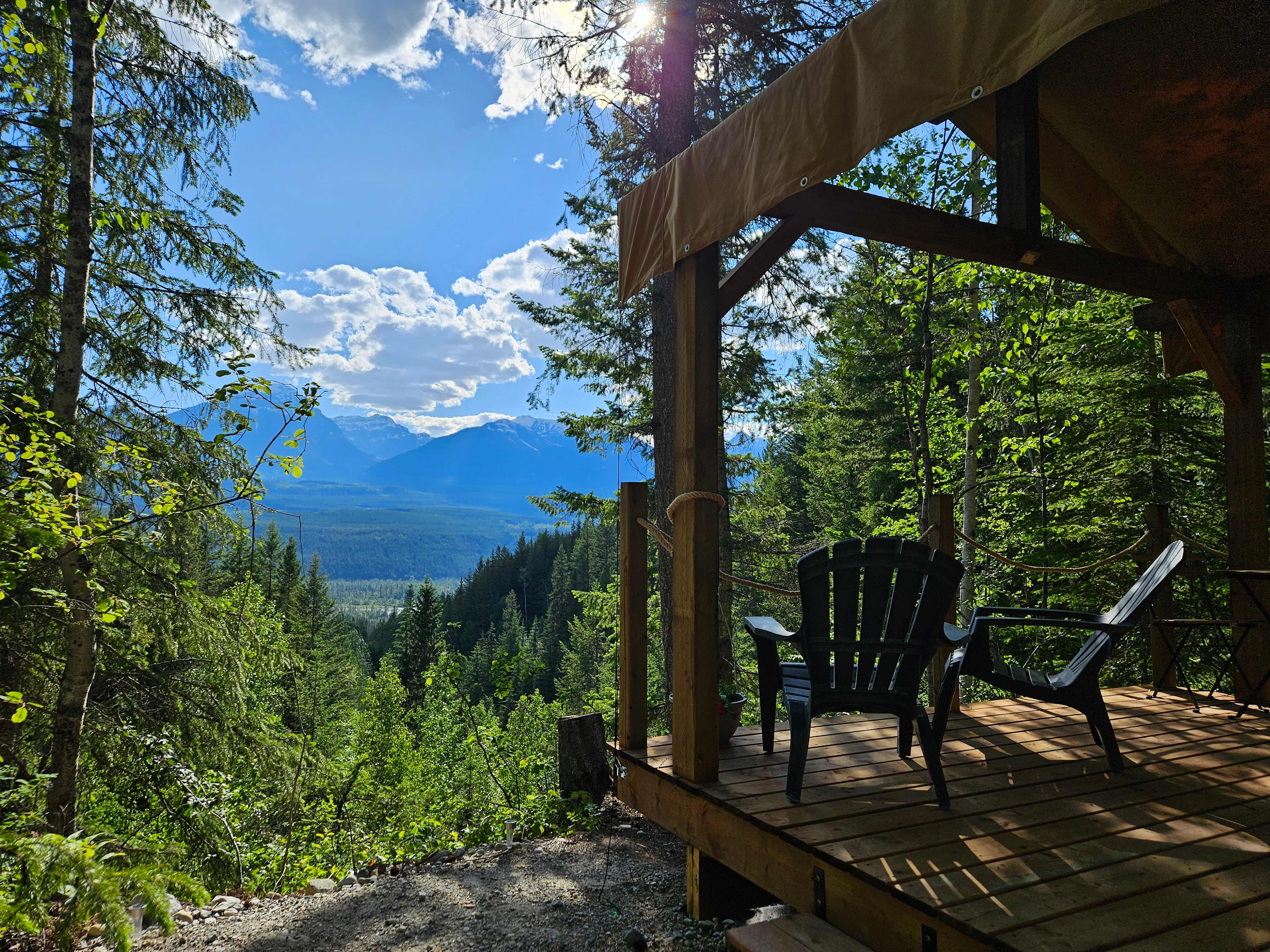
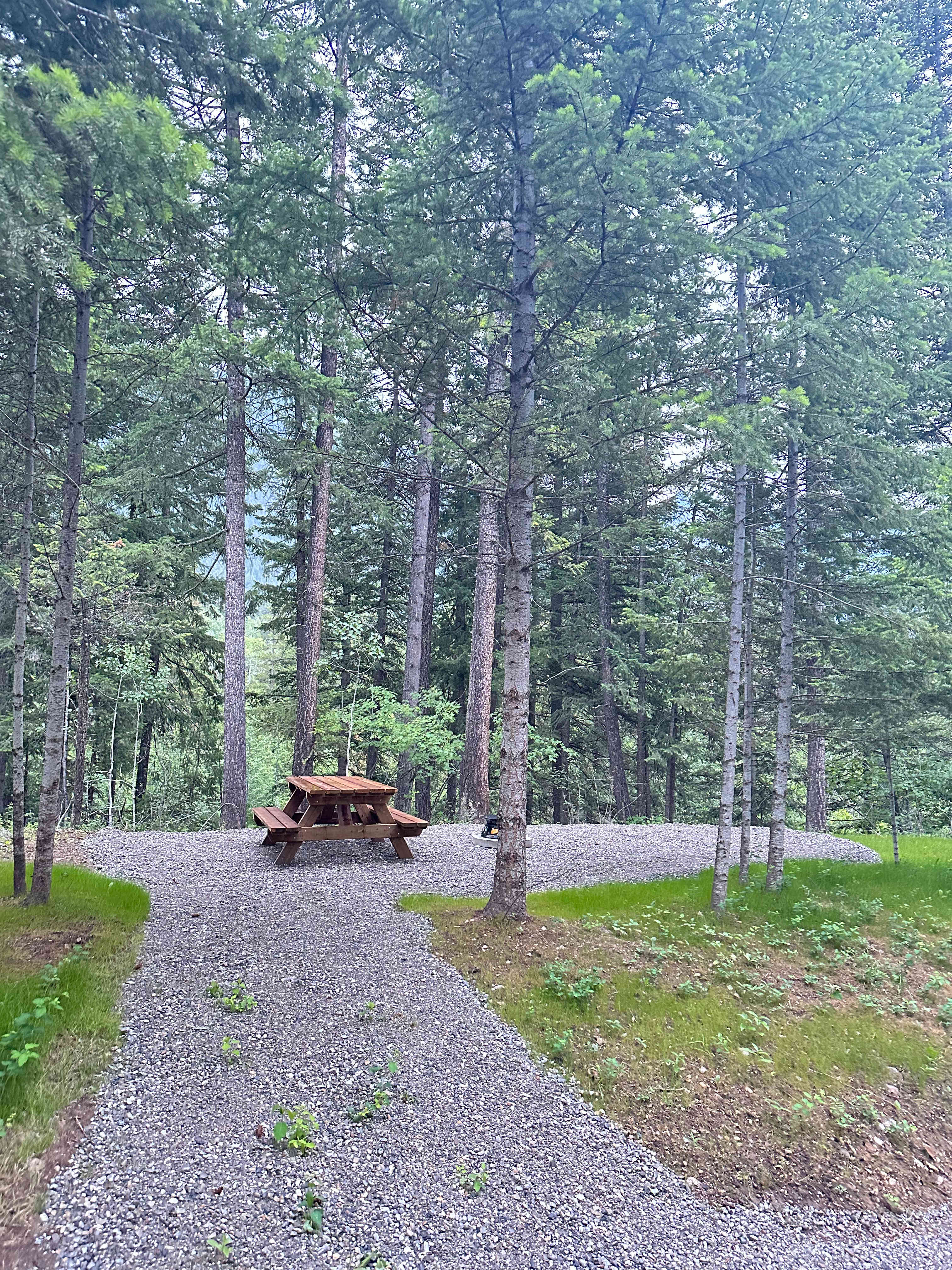



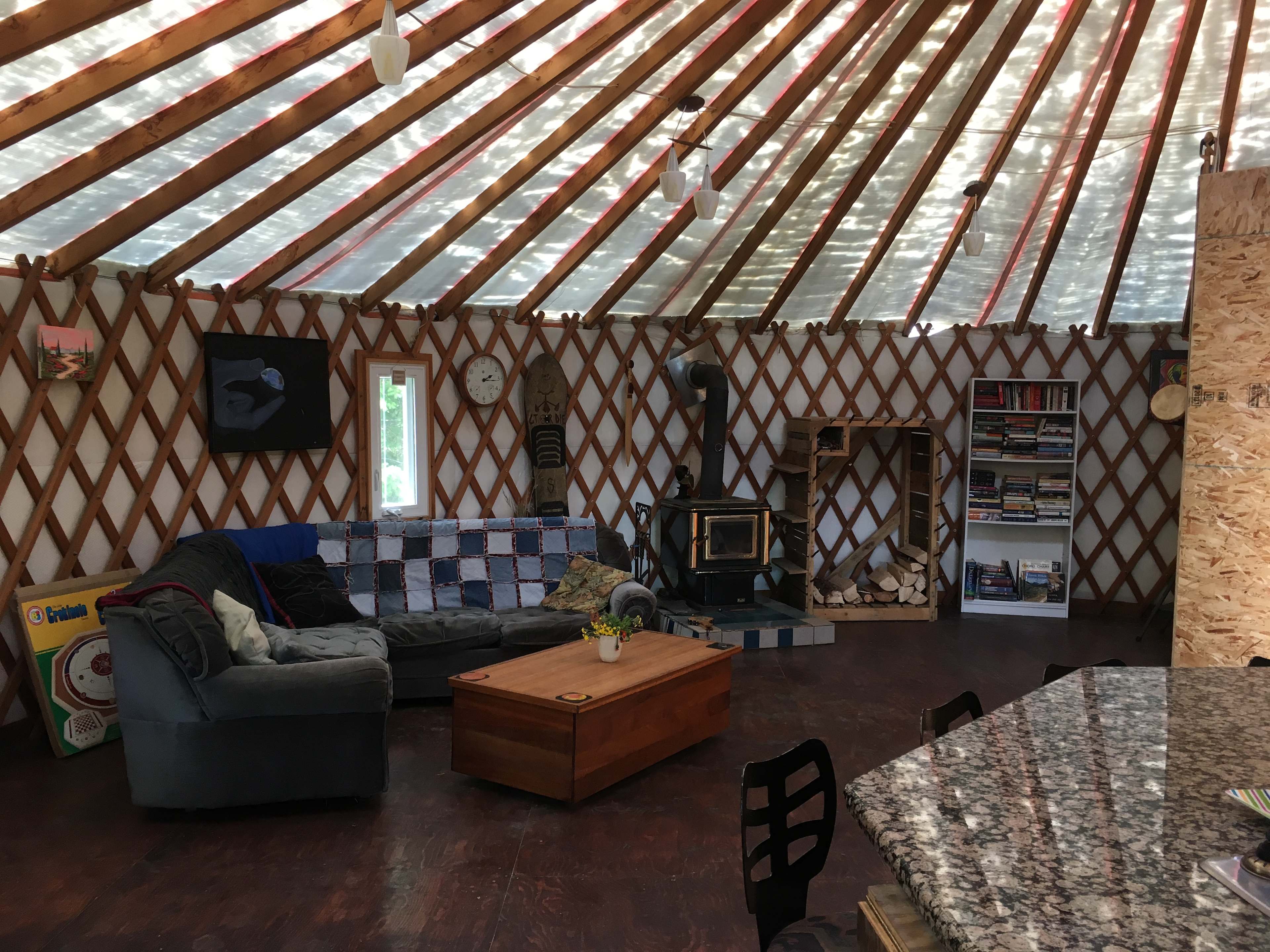


The best camping in Banff National Park, AB guide
Overview
About
Try to picture an iconic Canadian national park and you’ll likely imagine Banff. In Alberta’s Canadian Rockies, Banff has 13 campgrounds and more than 1,600 kilometres (1,000 miles) of hiking paths that wind around glacier-topped peaks, rocky canyons, and turquoise lakes, including the unmistakable Lake Louise. This is Canada’s busiest national park, meaning that the town of Banff, within the park, often heaves with people. Campers can beat the crowds with dispersed backcountry camping or stays at some of Banff’s more than four dozen designated backcountry sites in all different sections of the park. Don’t miss the glacier-lined Icefields Parkway, the scenic drive that connects Banff with Jasper National Park.
Notable campgrounds
- Best for lake views: Two Jack Lakeside Campground features dozens of lakeside tent camping sites and RV spots.
- Best for having fun in town: Tunnel Mountain Village Campground is just eight kilometers (five miles) from downtown Banff and offers well-equipped campsites with flush toilets and RV hookups.
- Best for canyon exploring: Johnston Canyon campground offers prime access to the Johnston Canyon Trailhead, the gateway to one of Banff’s most popular and easily accessible day hikes.
Tips for snagging a campsite
- Make your plans early to reserve a campsite in Banff National Park. Set a calendar reminder for the day and time reservations open on Parks Canada’s online booking system—normally in early January—since many of the park’s reservable campgrounds fill immediately. These campgrounds are in the Tunnel Mountain, Two Jack Main, Johnston Canyon, Lake Louise, and Rampart Creek areas.
- If you do arrive without a reservation, claim your campsite first thing in the morning at one of the first-come, first-served campgrounds: Castle Mountain, Protection Mountain, Mosquito Creek, Silverhorn Creek, or Waterfowl Lakes.
- Be sure to check seasonal opening and closing dates, which vary by camping area.
When to go
Banff is busiest in July and August, the mild summer months. Consider visiting on weekdays in September or October, when crowds begin to thin and the larch trees turn gold, or in the less packed (but sometimes rainier) spring, when wildflowers peek through the lingering snow. Most campgrounds are open from late June to early October, but Tunnel Mountain Village II and the Lake Louise campground for trailers stay open year-round for cross-country skiing, snowshoeing, ice climbing, and other cold-weather adventures.
Know before you go
- Banff National Park is set 90 minutes west of Calgary by road and roughly 10 hours’ drive east of Vancouver. You can buy most supplies in the resort town of Banff, but you’ll find lower prices in Canmore (20 minutes drive from the park’s south gate) or Calgary.
- Parks Canada limits private vehicles at popular spots, including Lake Louise and Moraine Lake, so it may be worth exploring the park without a car on Banff’s ROAM transit buses or the Parks Canada shuttles.
- Banff’s campgrounds don’t have wifi, but you can get online in the park visitor centers. Cell phone service can be spotty, and there’s no service along the Icefields Parkway.
Some campsites have fire pits, but fire permits must be purchased at the campground per night.
Nearby attractions
- Experience the magic of camping at Abraham Lake, where pristine waters meet majestic mountains. Visit in winter to see the incredible ice bubbles created by wild winds.
- Immerse yourself in the landscapes of the Canadian Rockies when camping near the Columbia Icefield, where glacial vistas and icy wonderlands create an otherworldly setting.
- Offering a blend of history, wildlife, and scenery, camping near Lake Minnewanka is a true Canadian wilderness adventure. Explore its trails by day and indulge in stargazing by night.
- Unwind to the sound of cascading waters while camping near Bow Falls, where you'll find the rush of the falls and serene woodland trails.
- Find your perfect getaway at Crescent Falls Provincial Recreation Area. The thunderous falls and lush forest trails will fill your camping trip with tranquility.
- Ascend to new heights while camping near Tunnel Mountain, home to panoramic views, scenic hiking trails, and star-studded nights.
- Camping near Moraine Lake is all about turquoise glacial waters and towering mountains.
- Surrounded by mountains, a Two Jack Lake camping experience is perfect for a reset.
